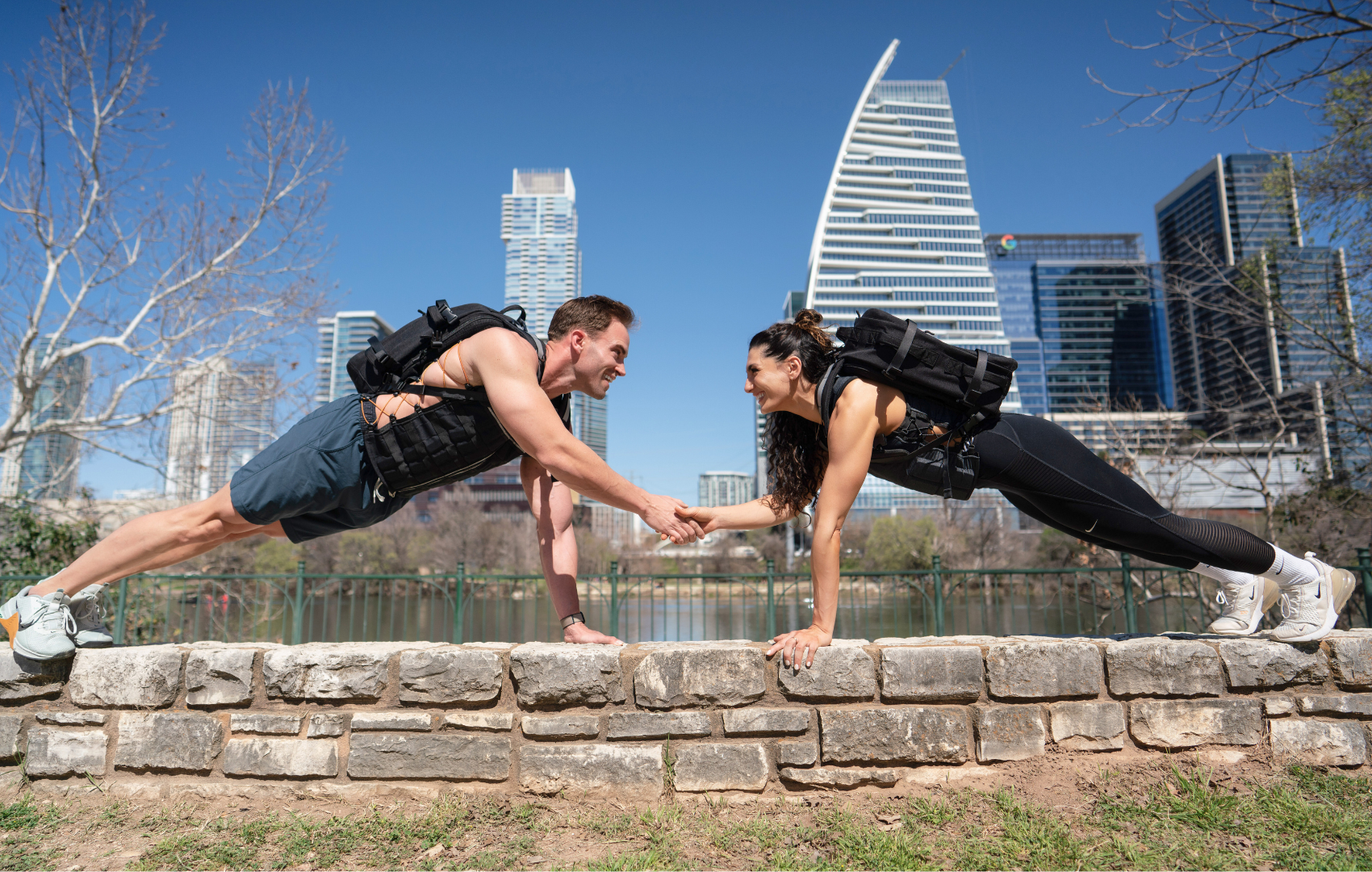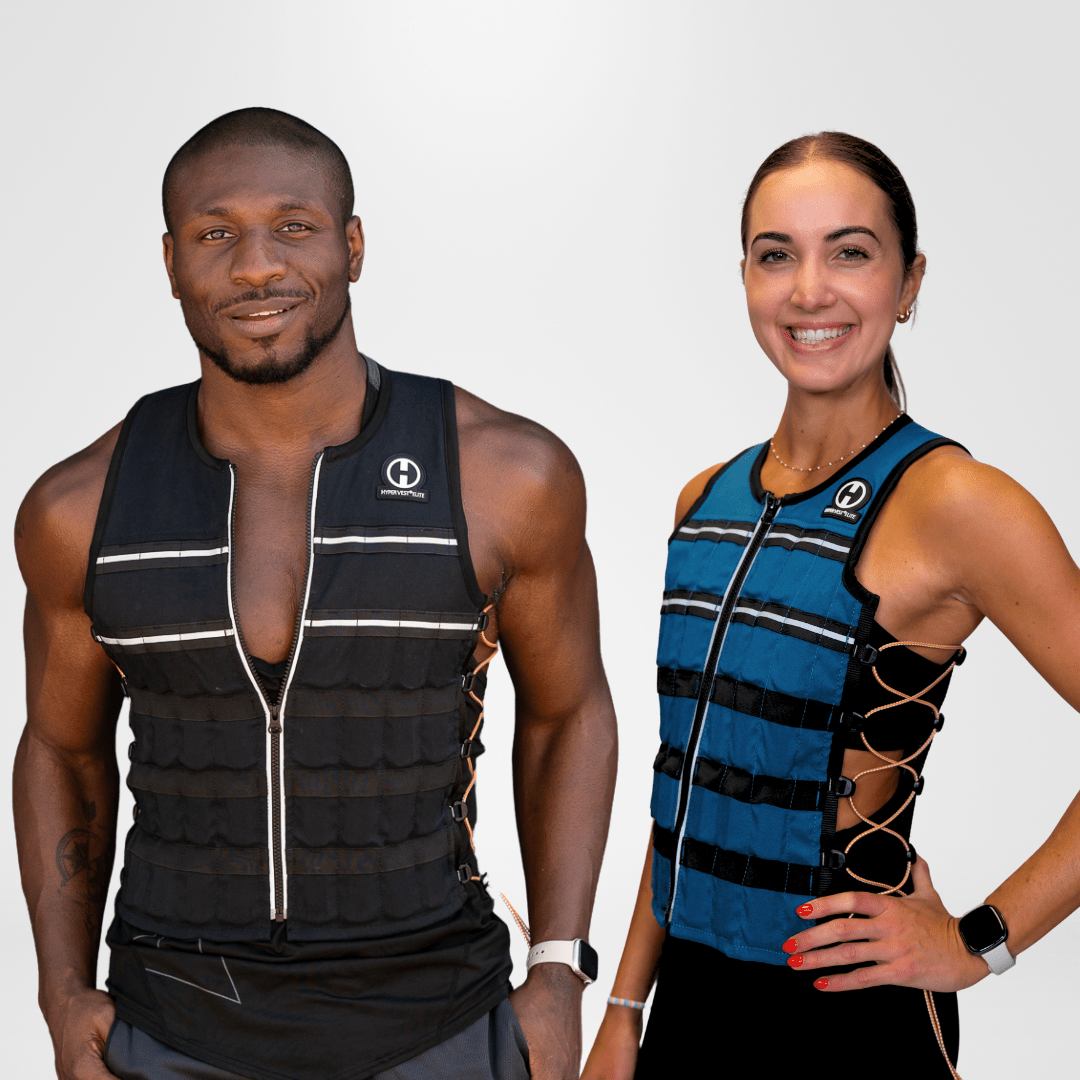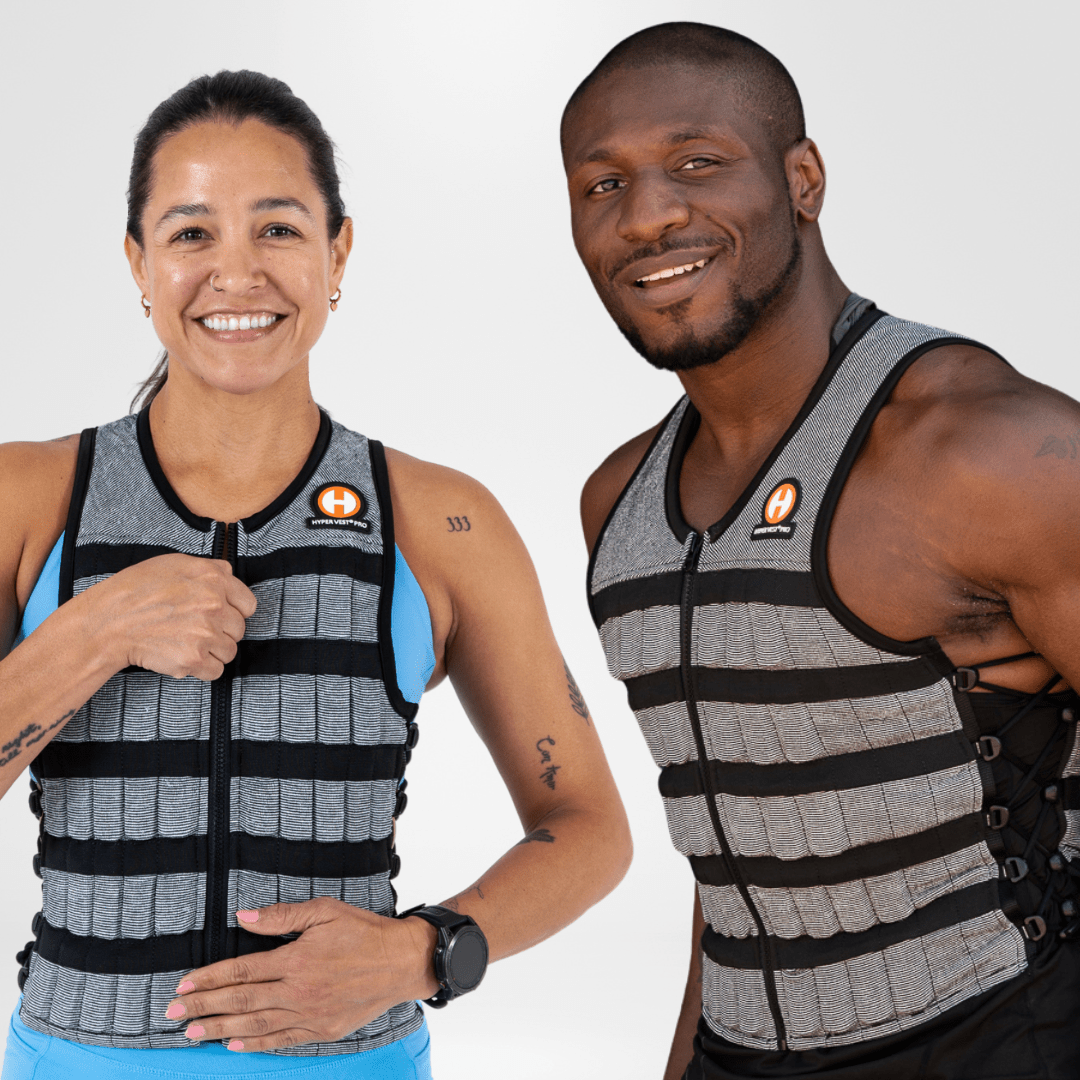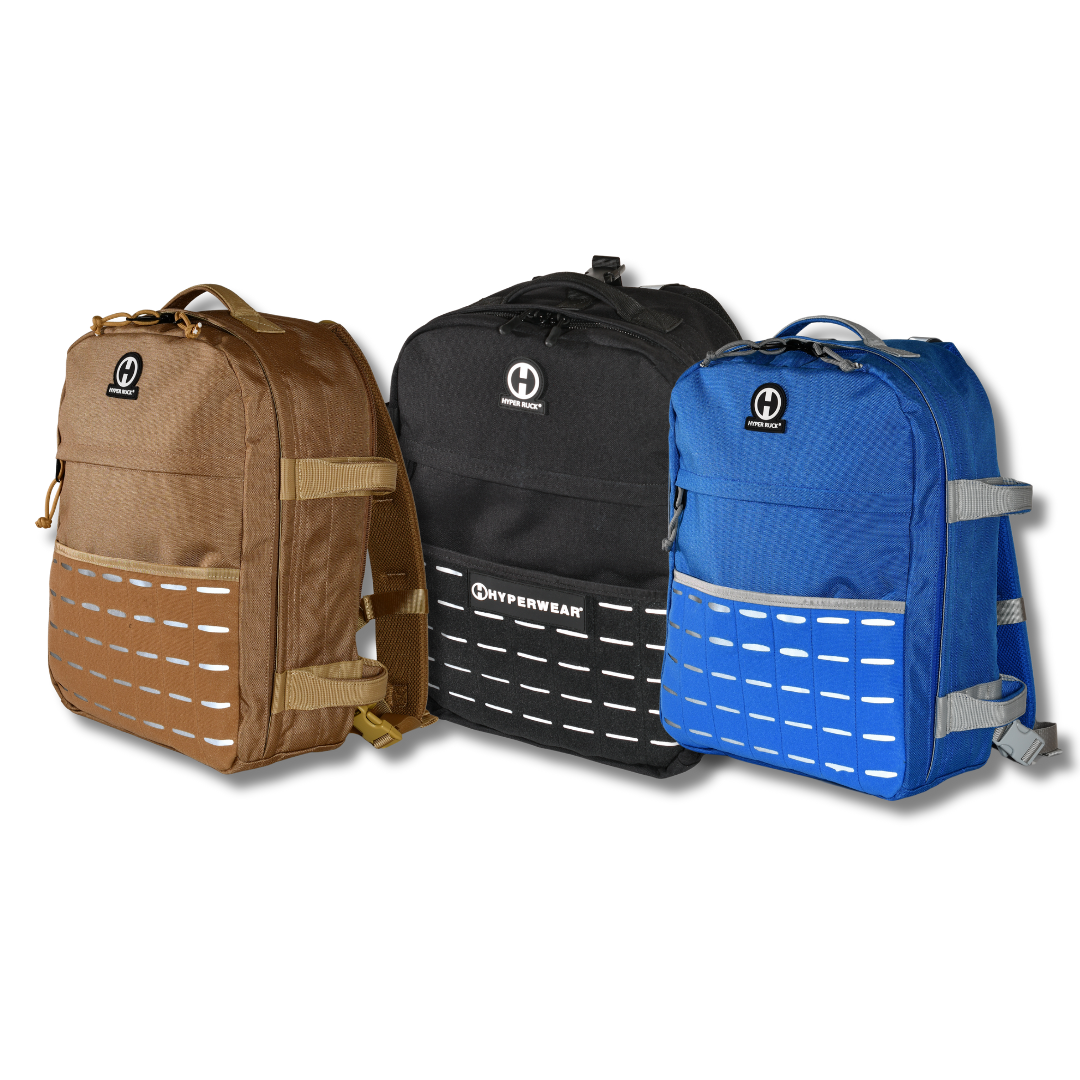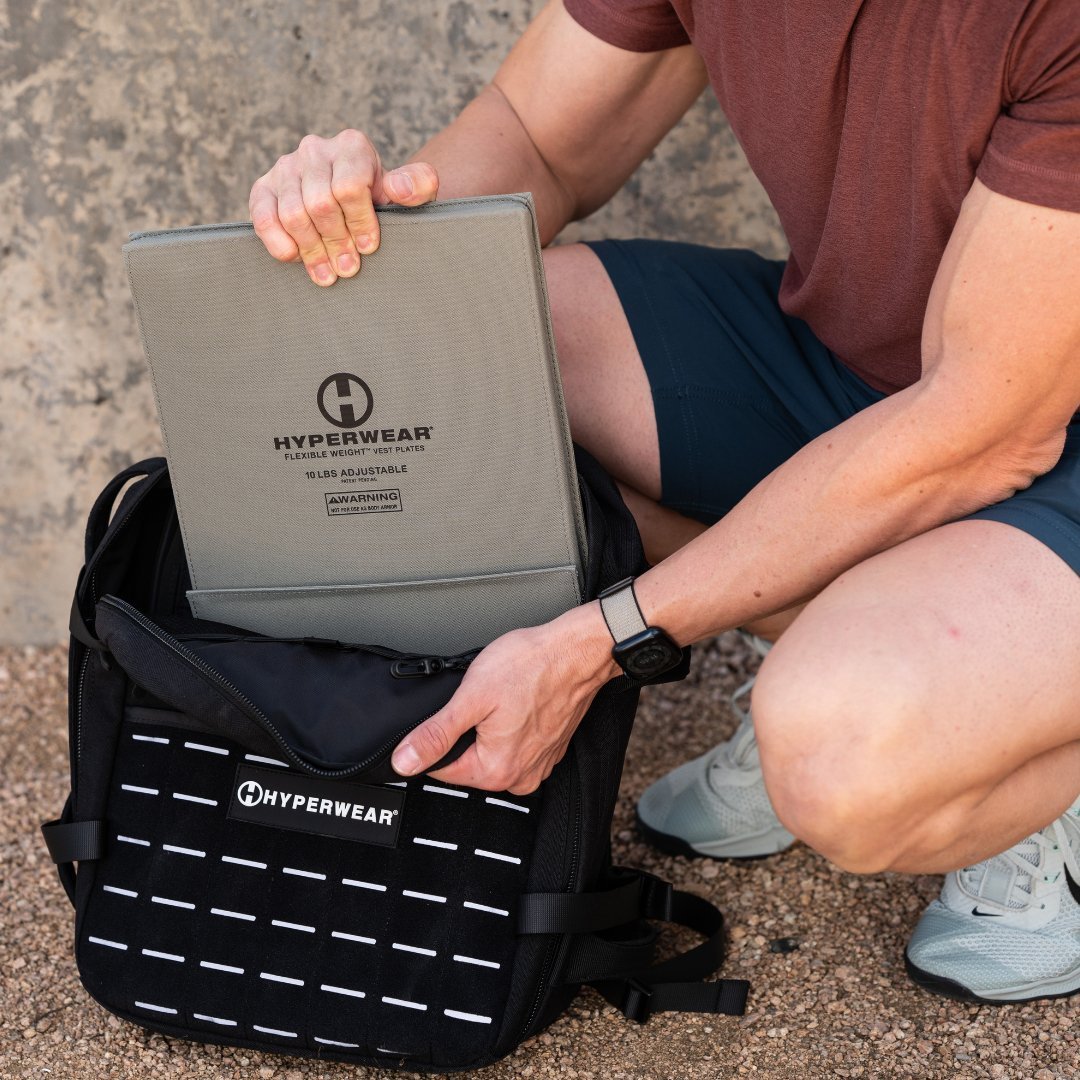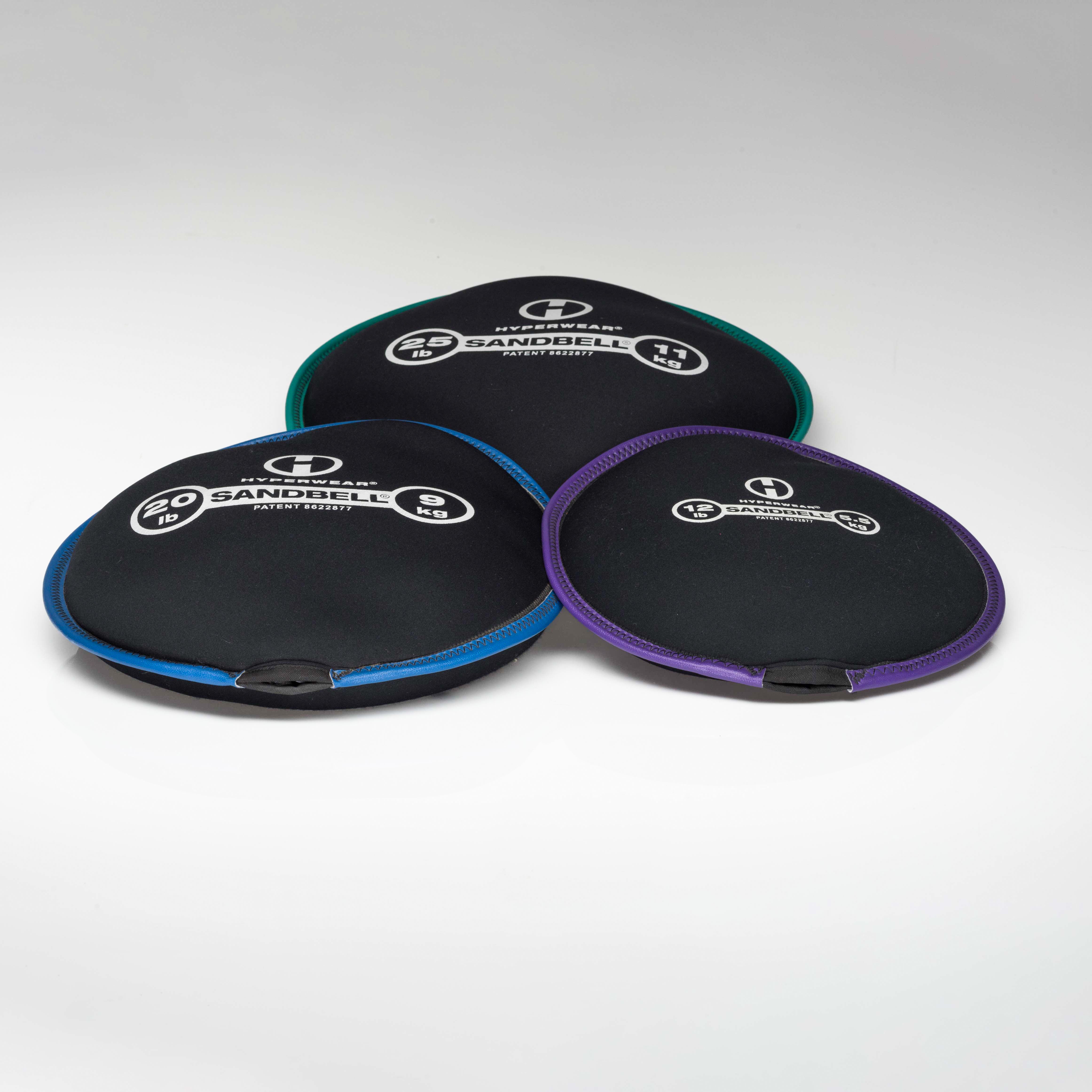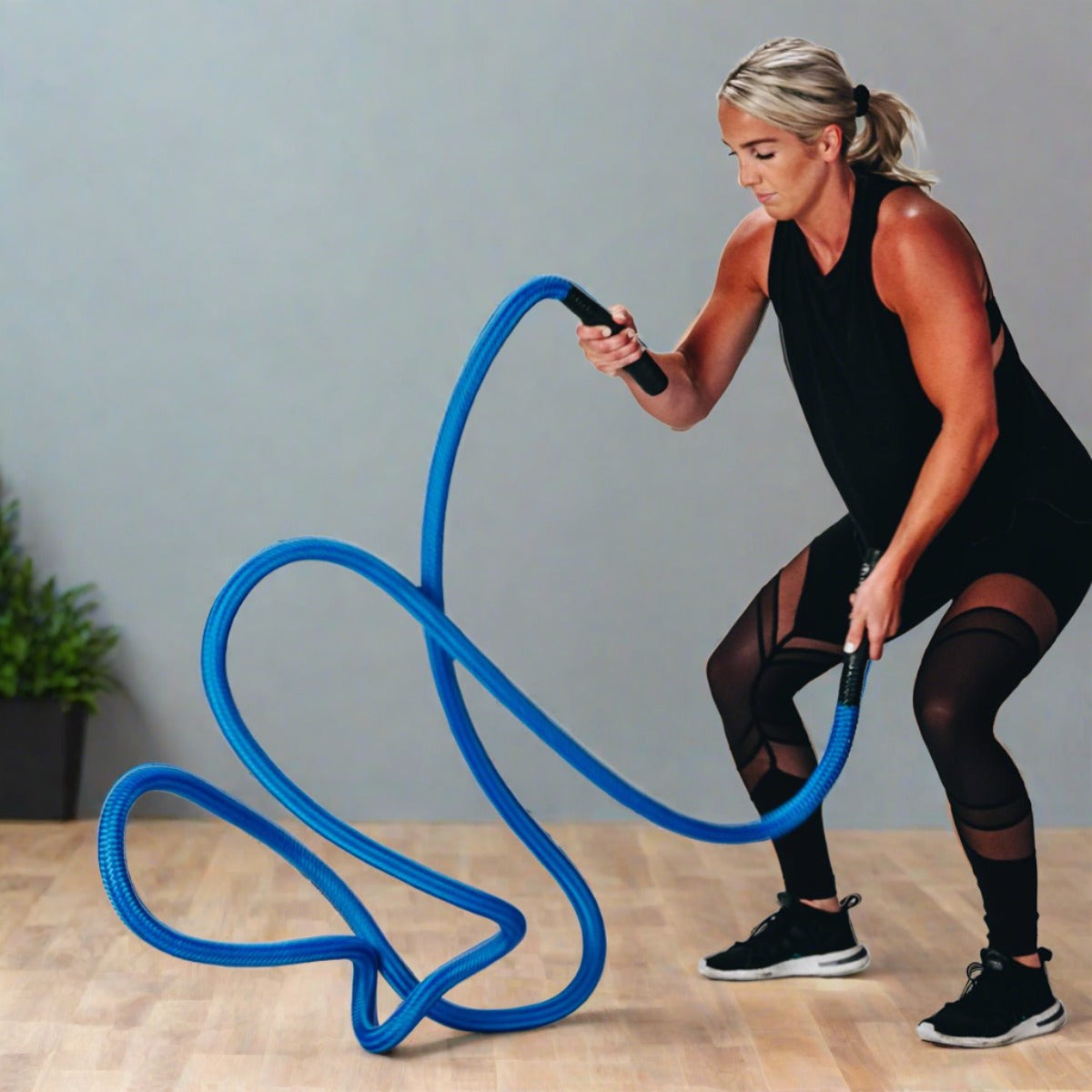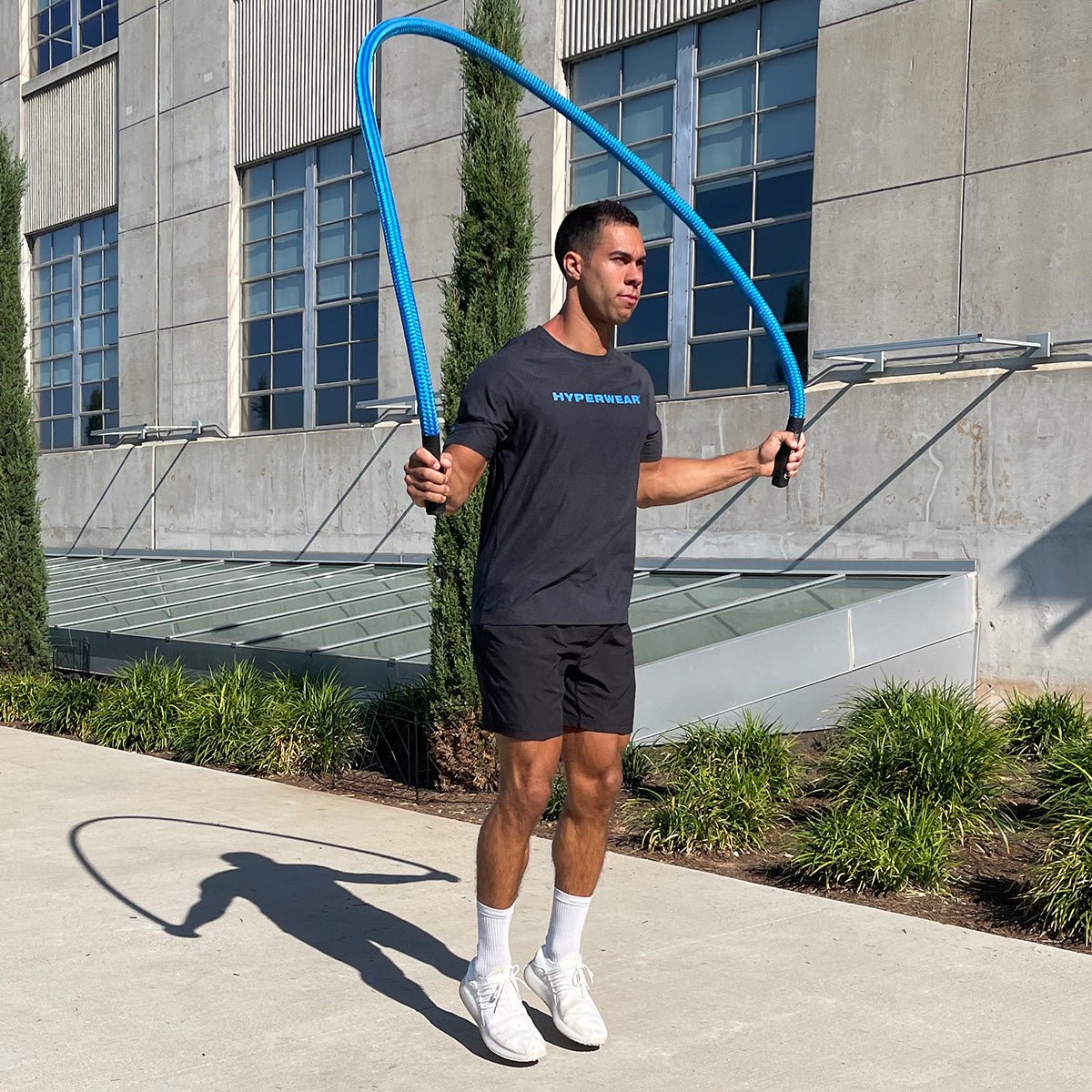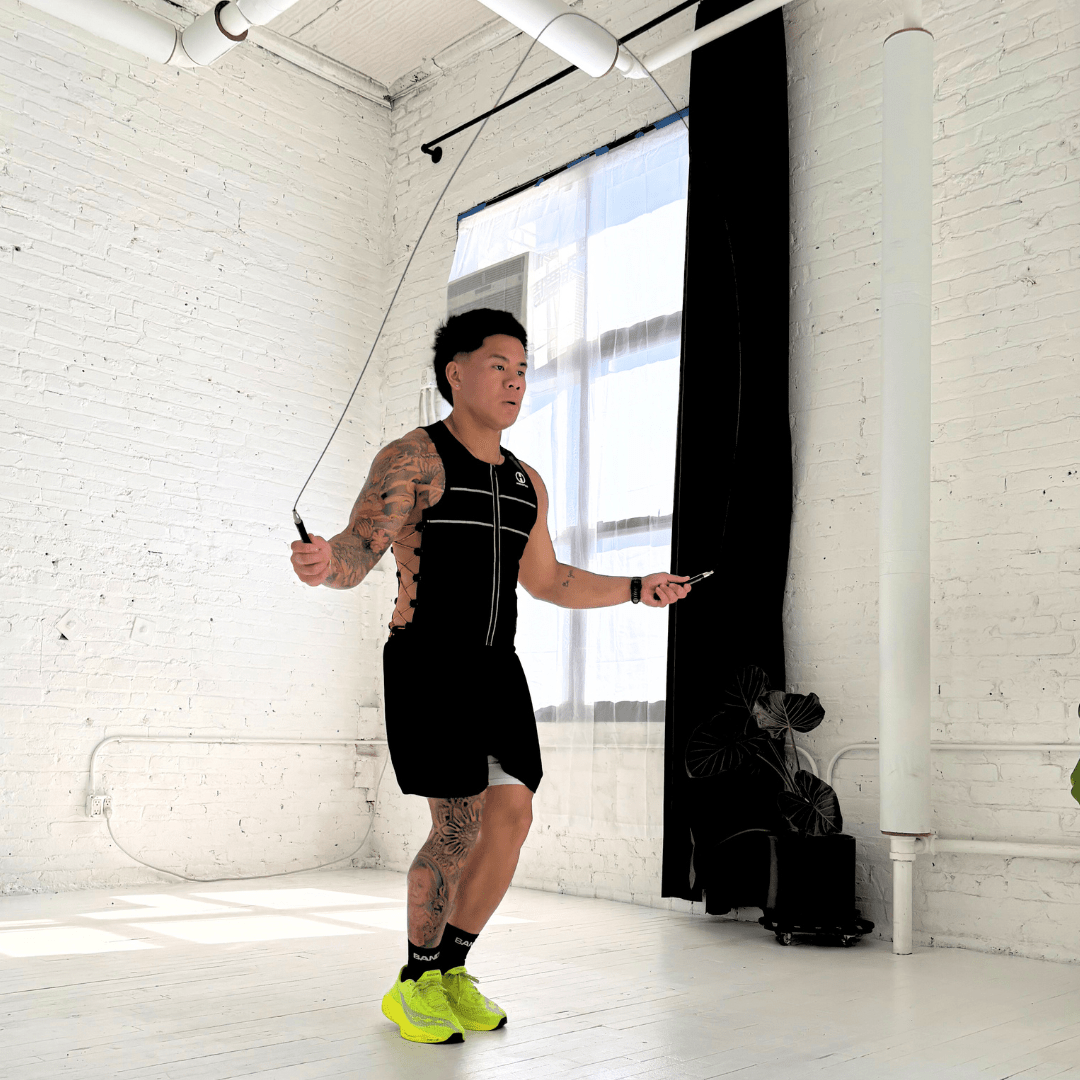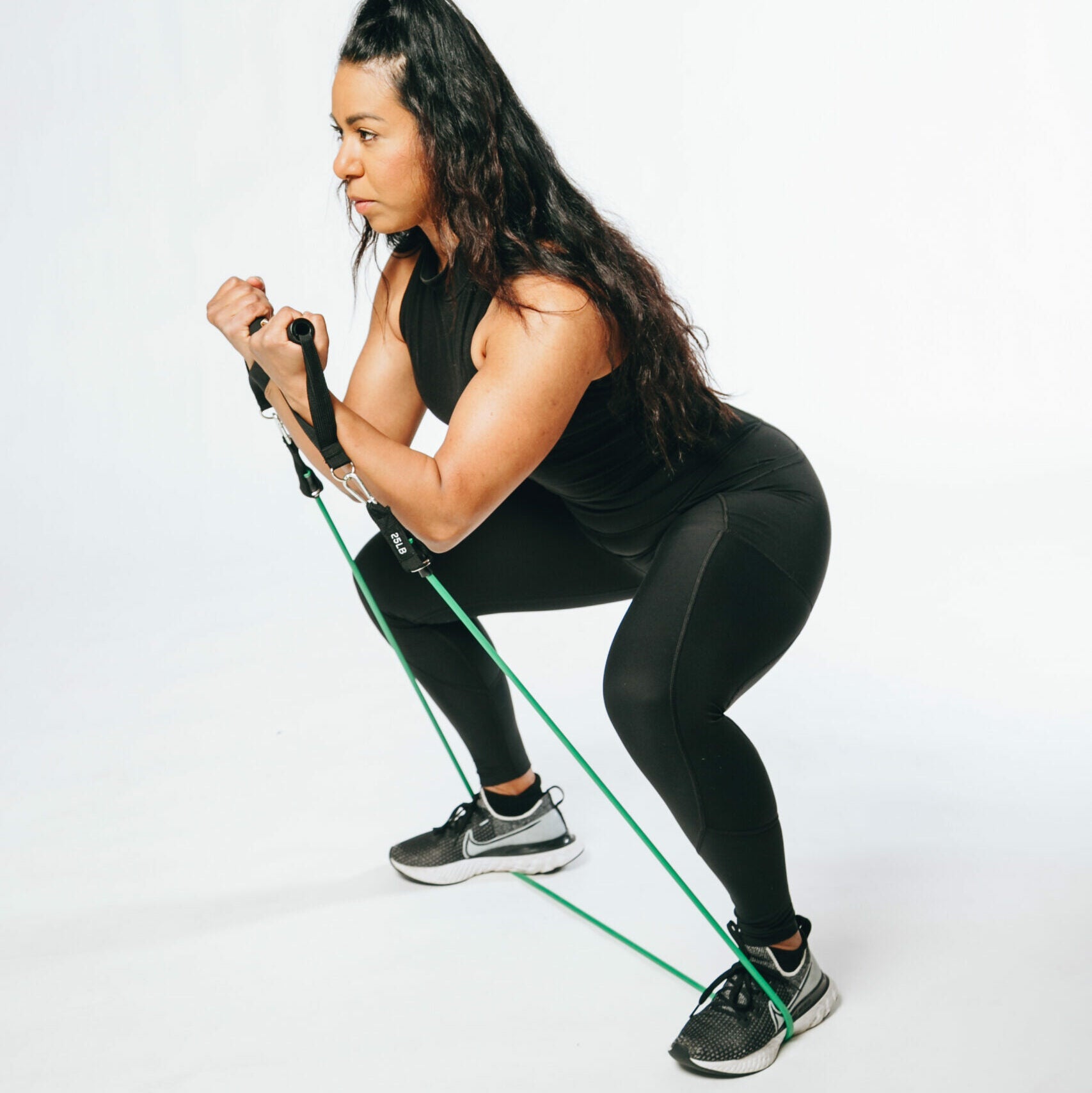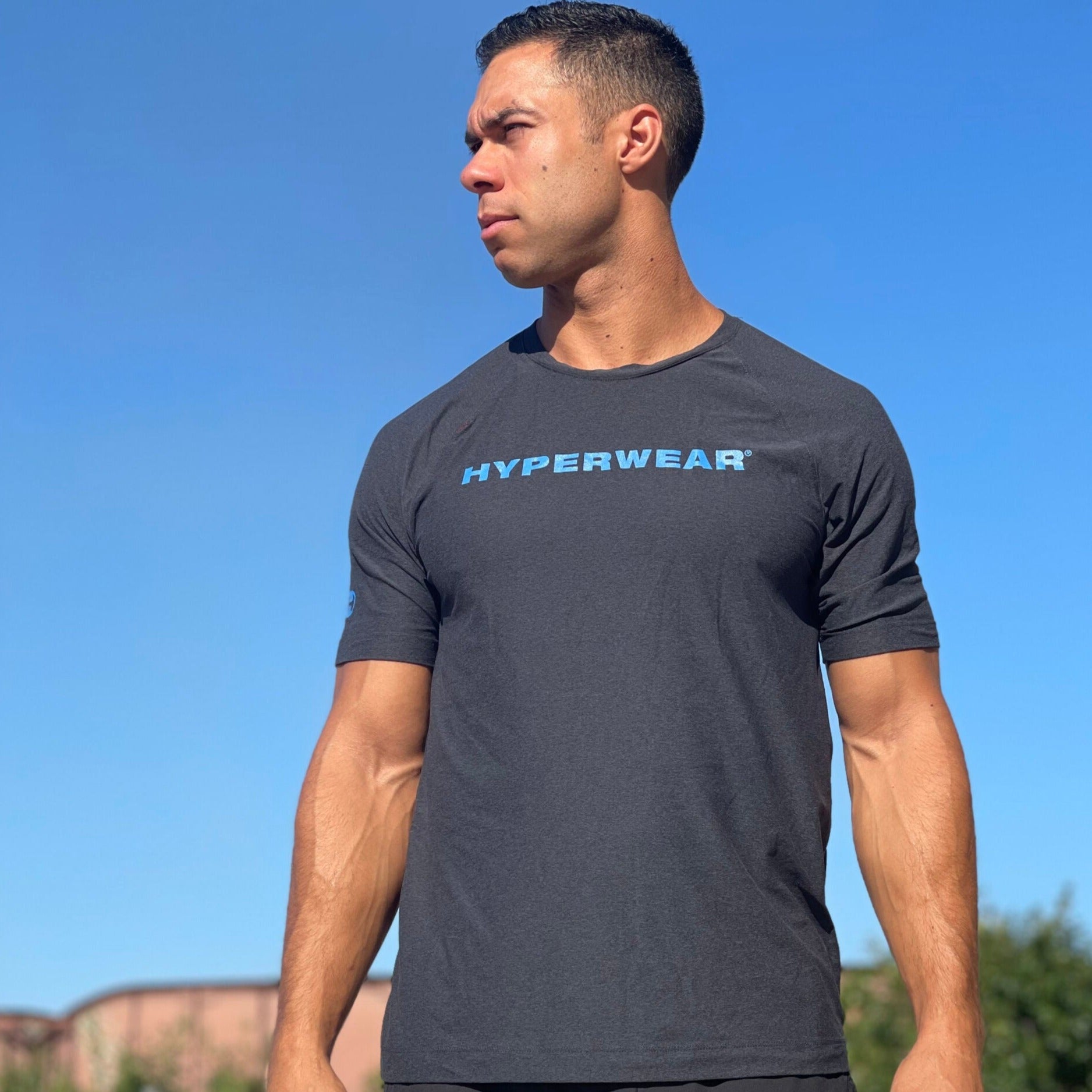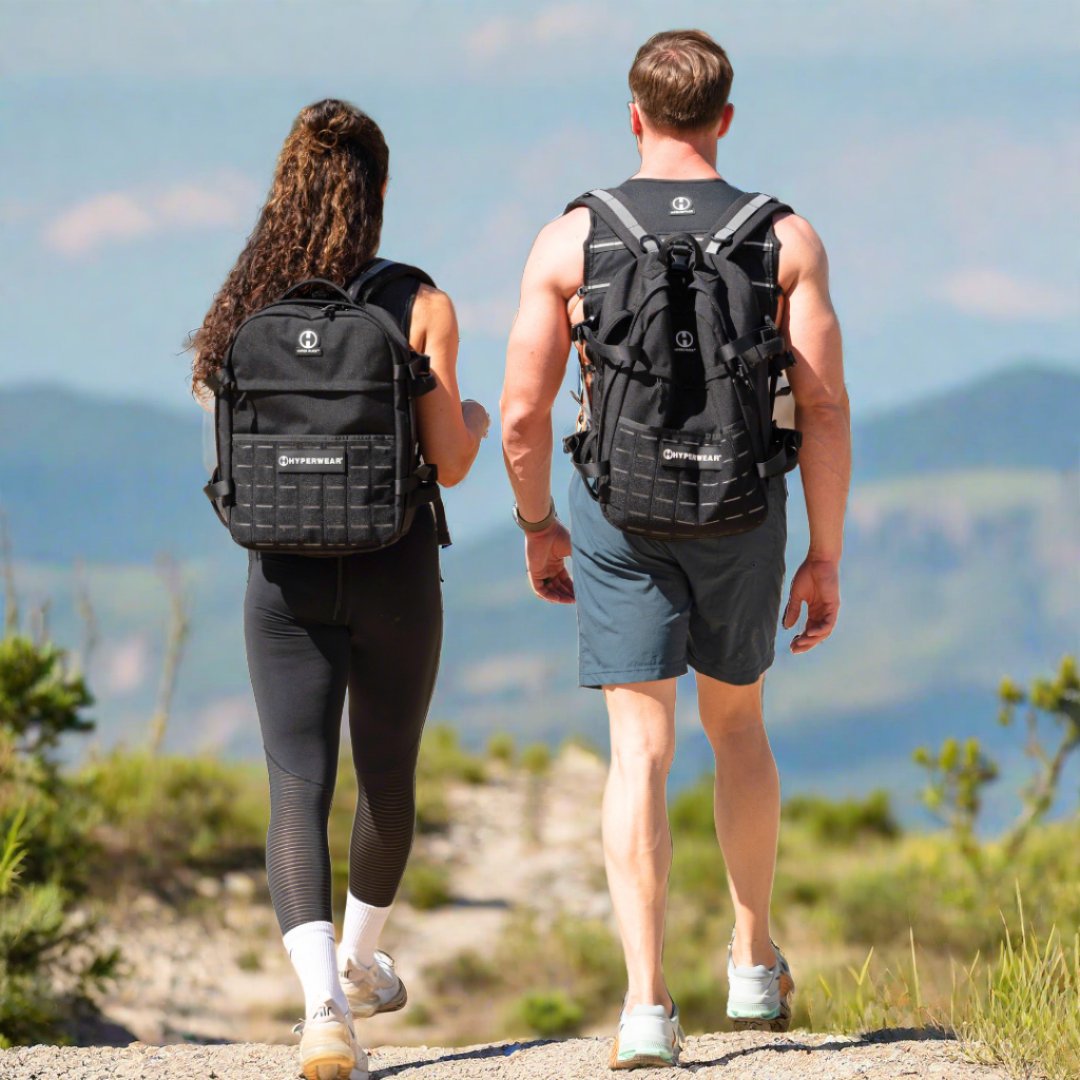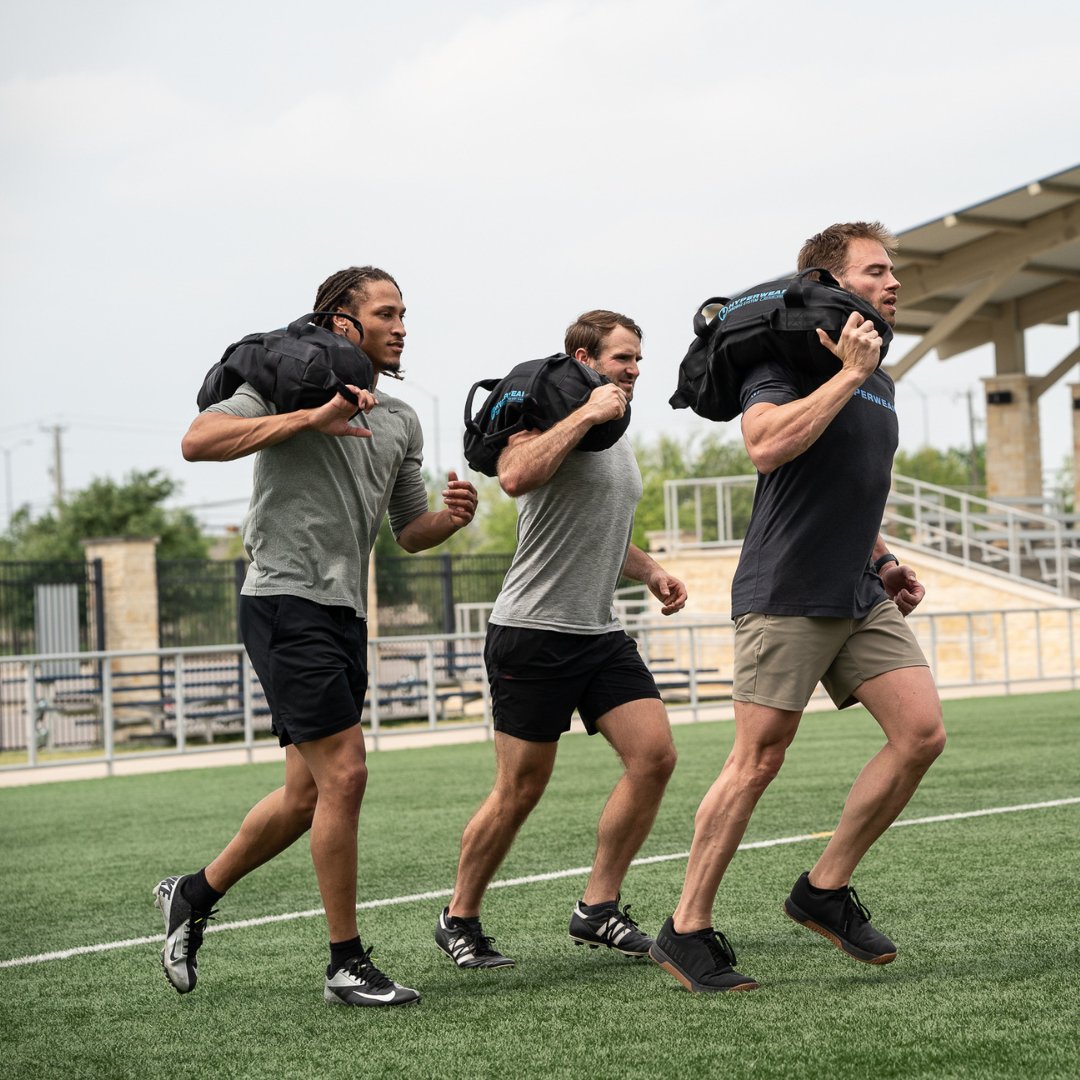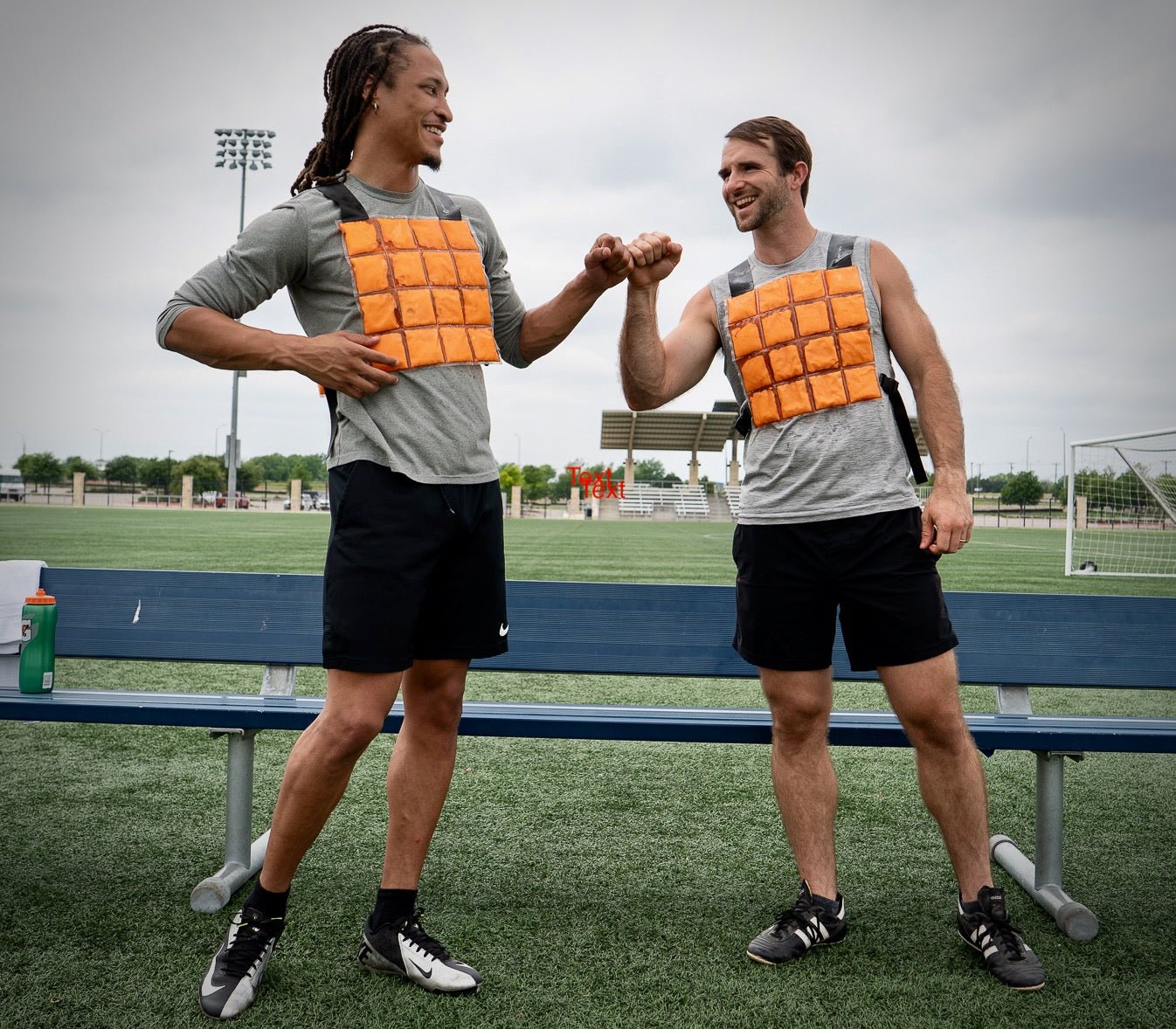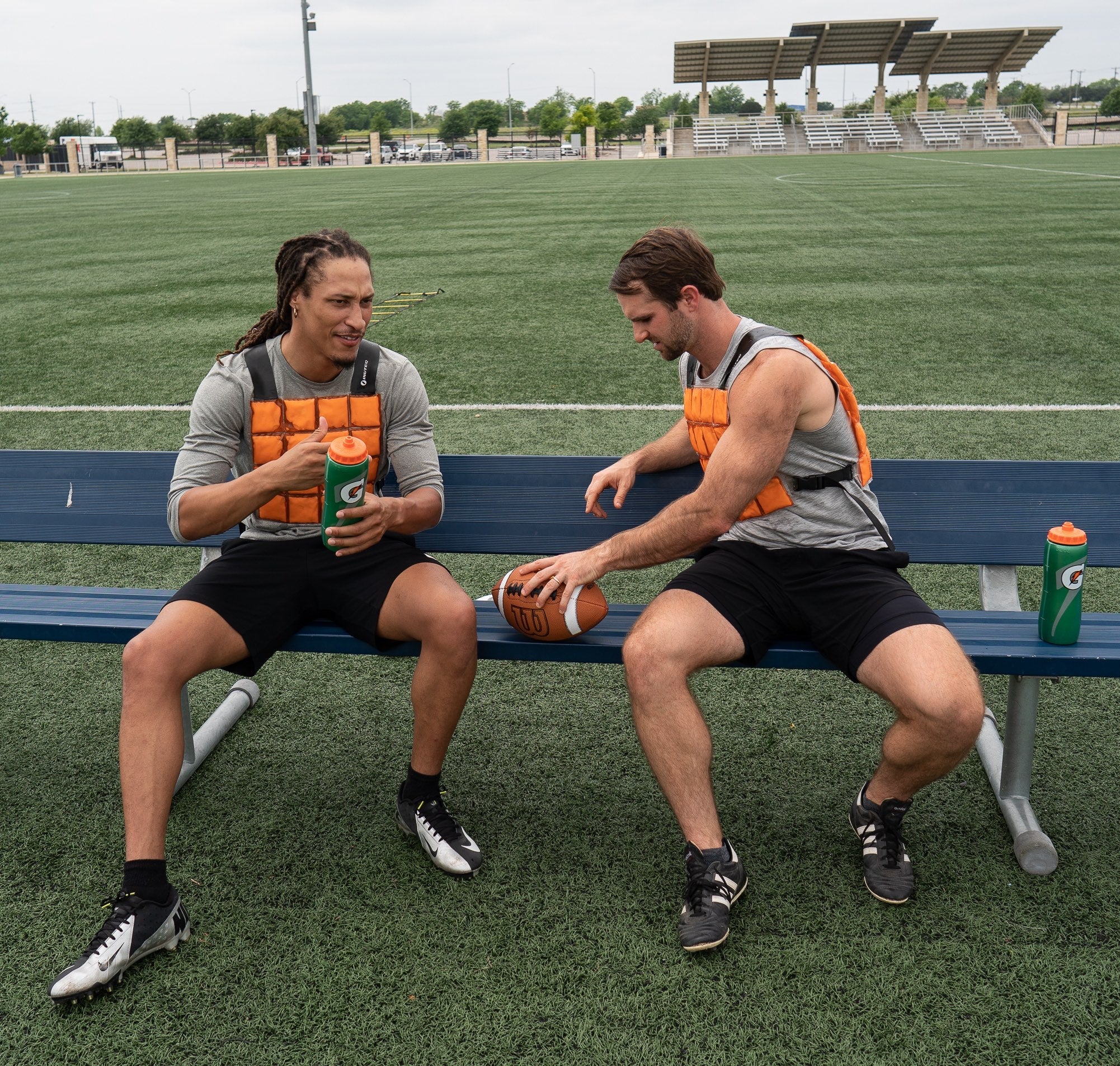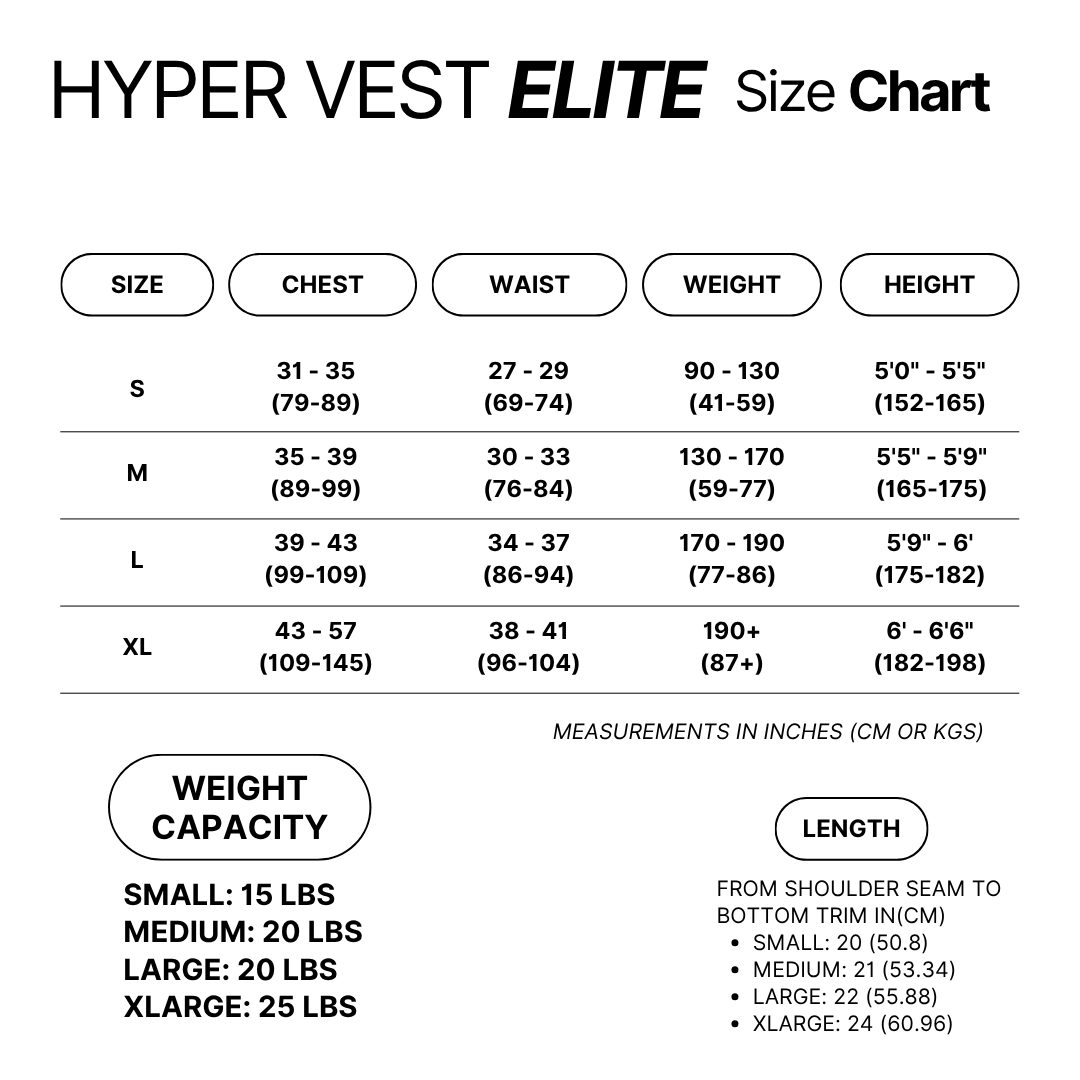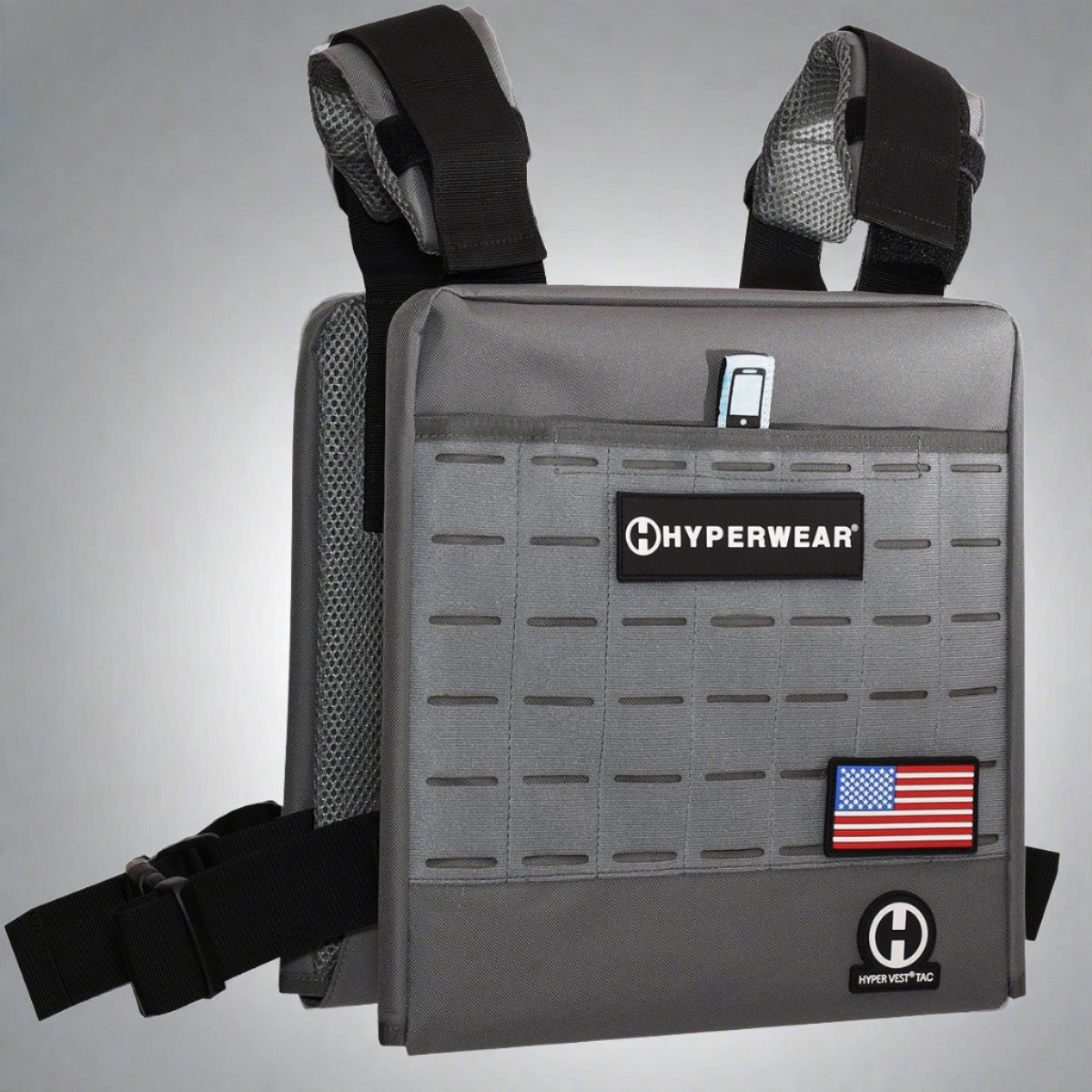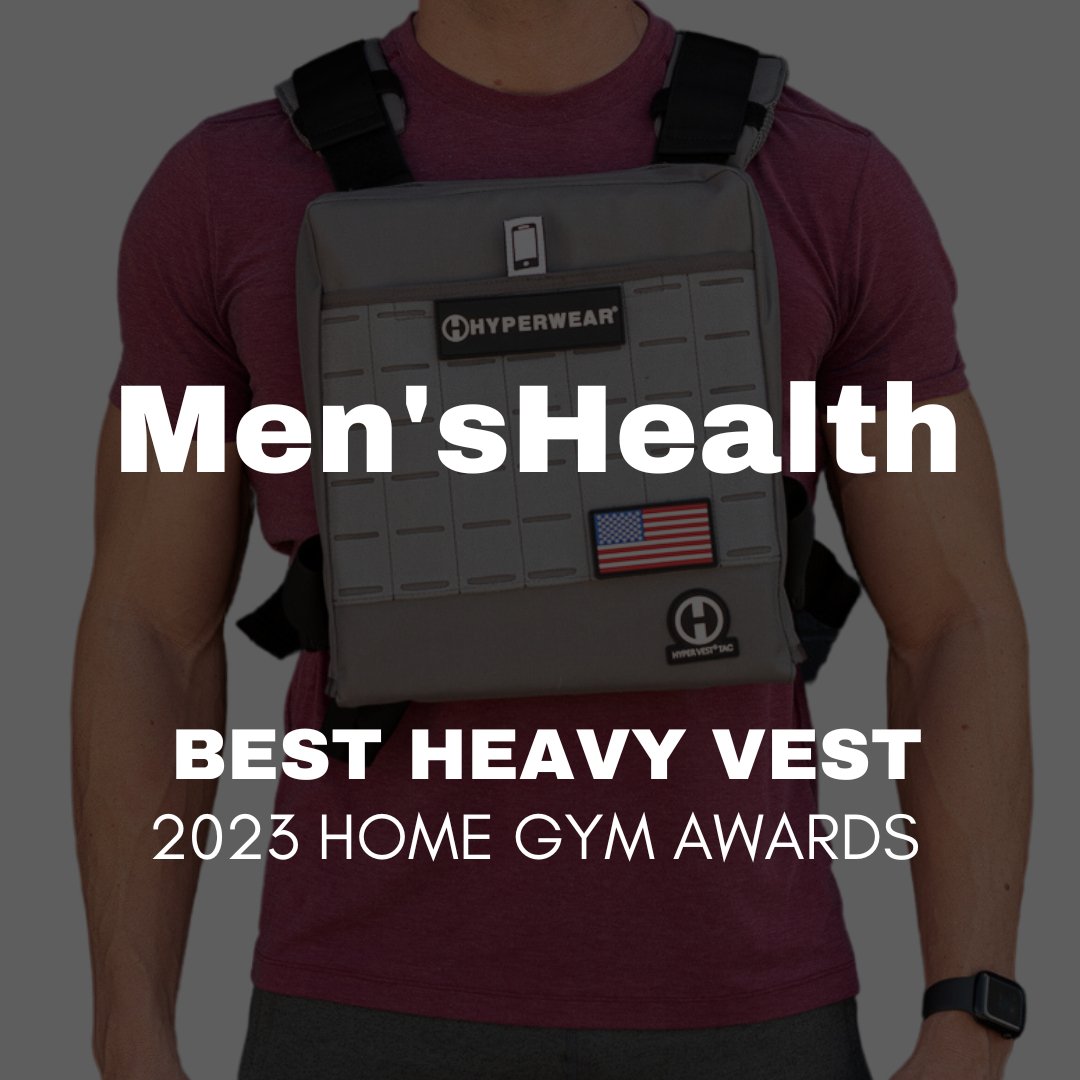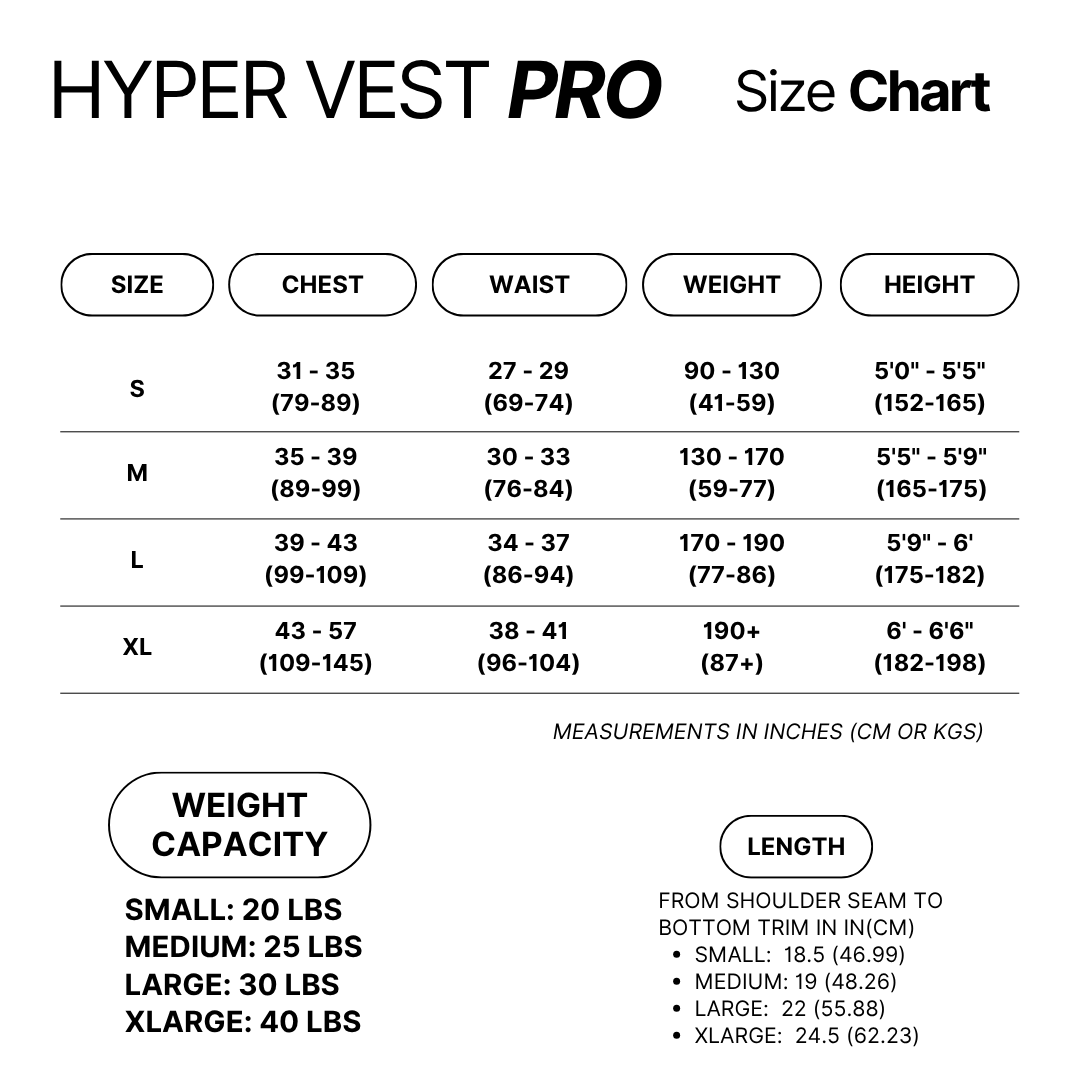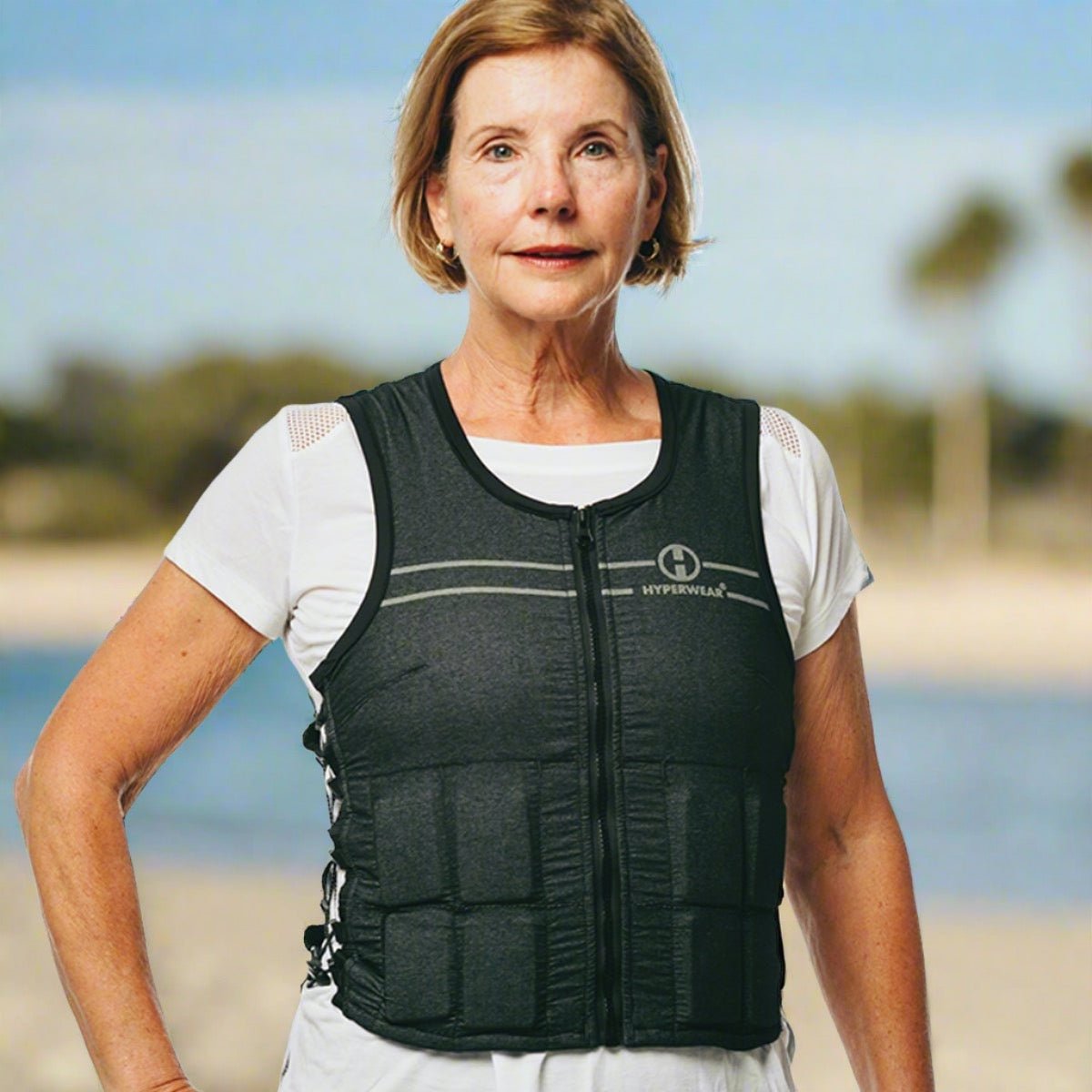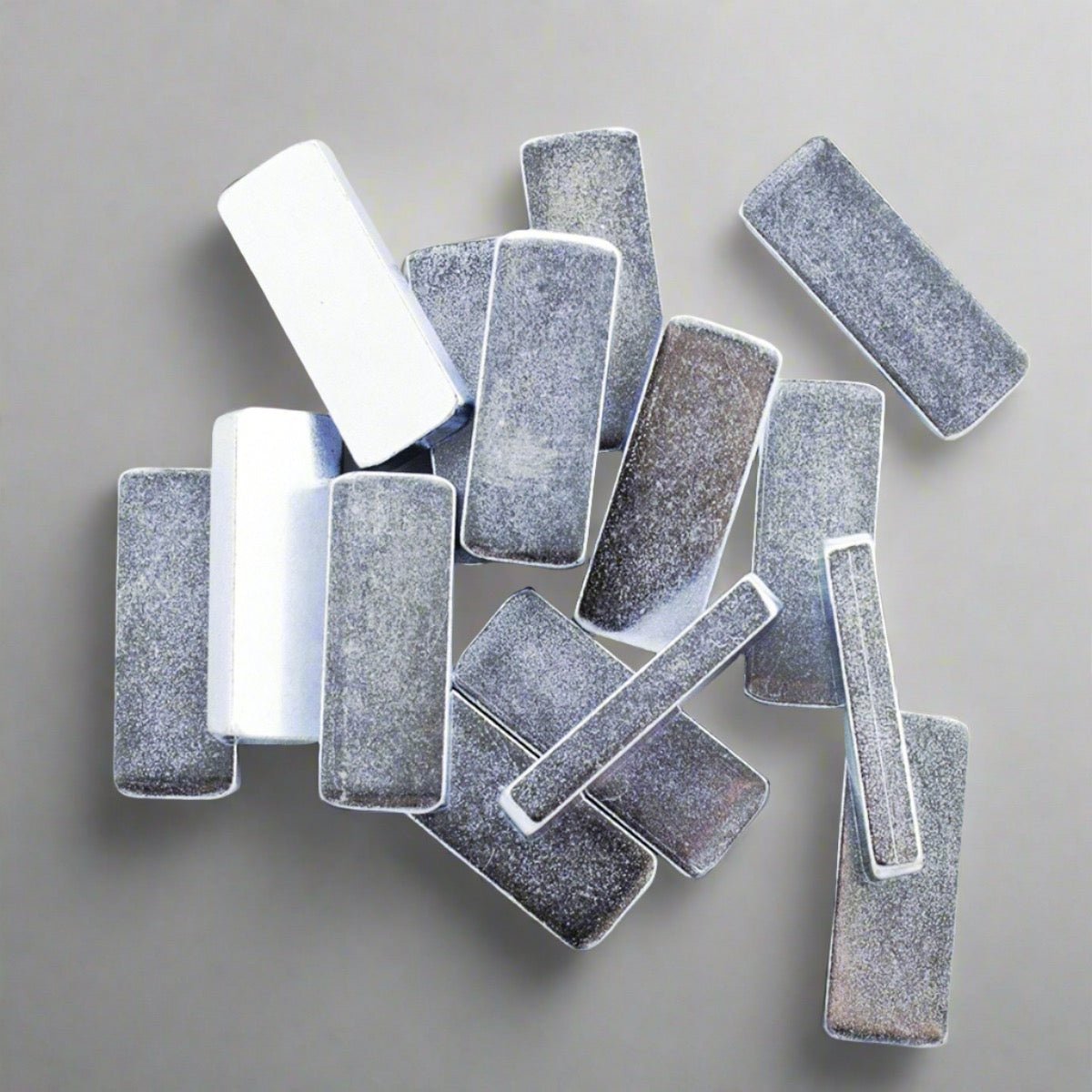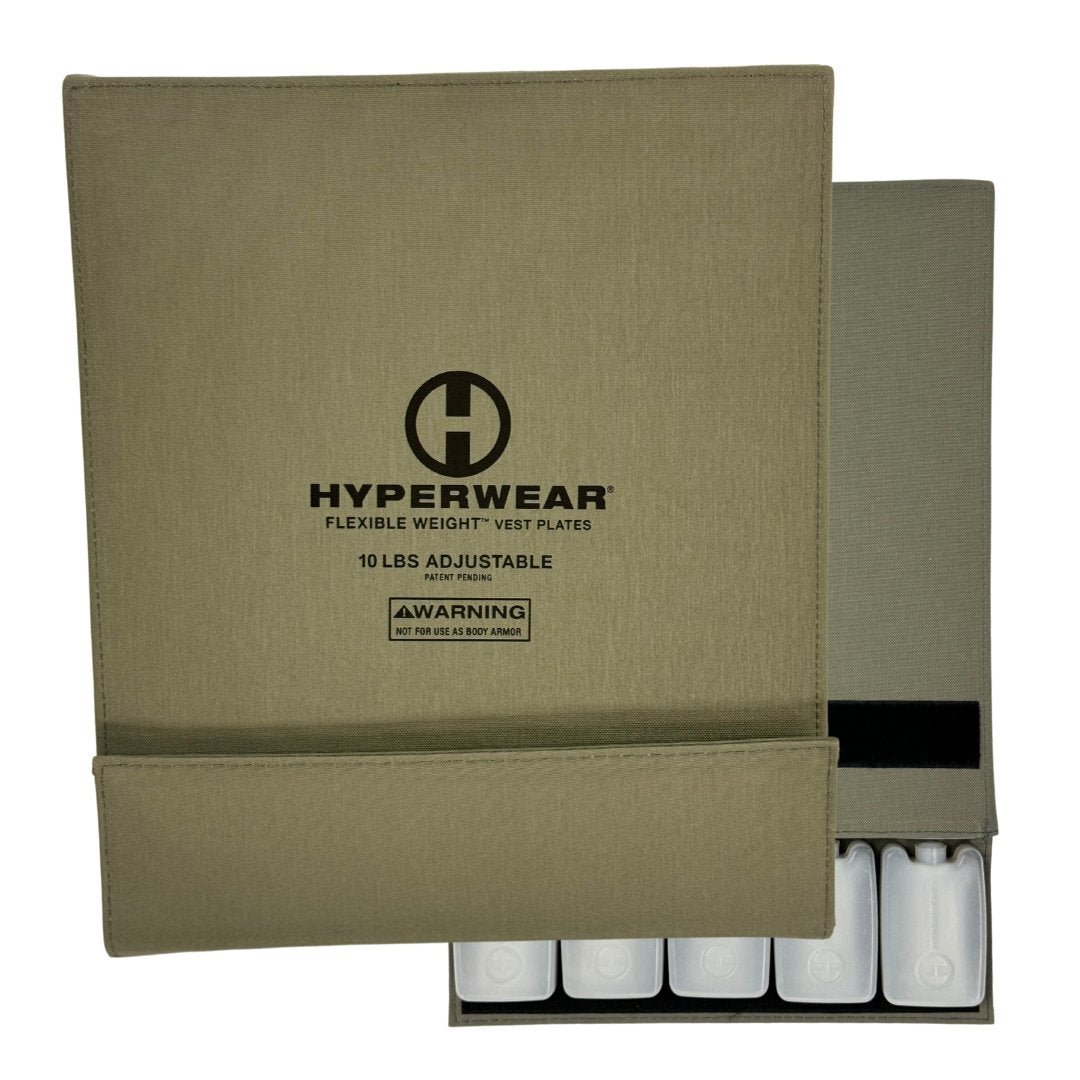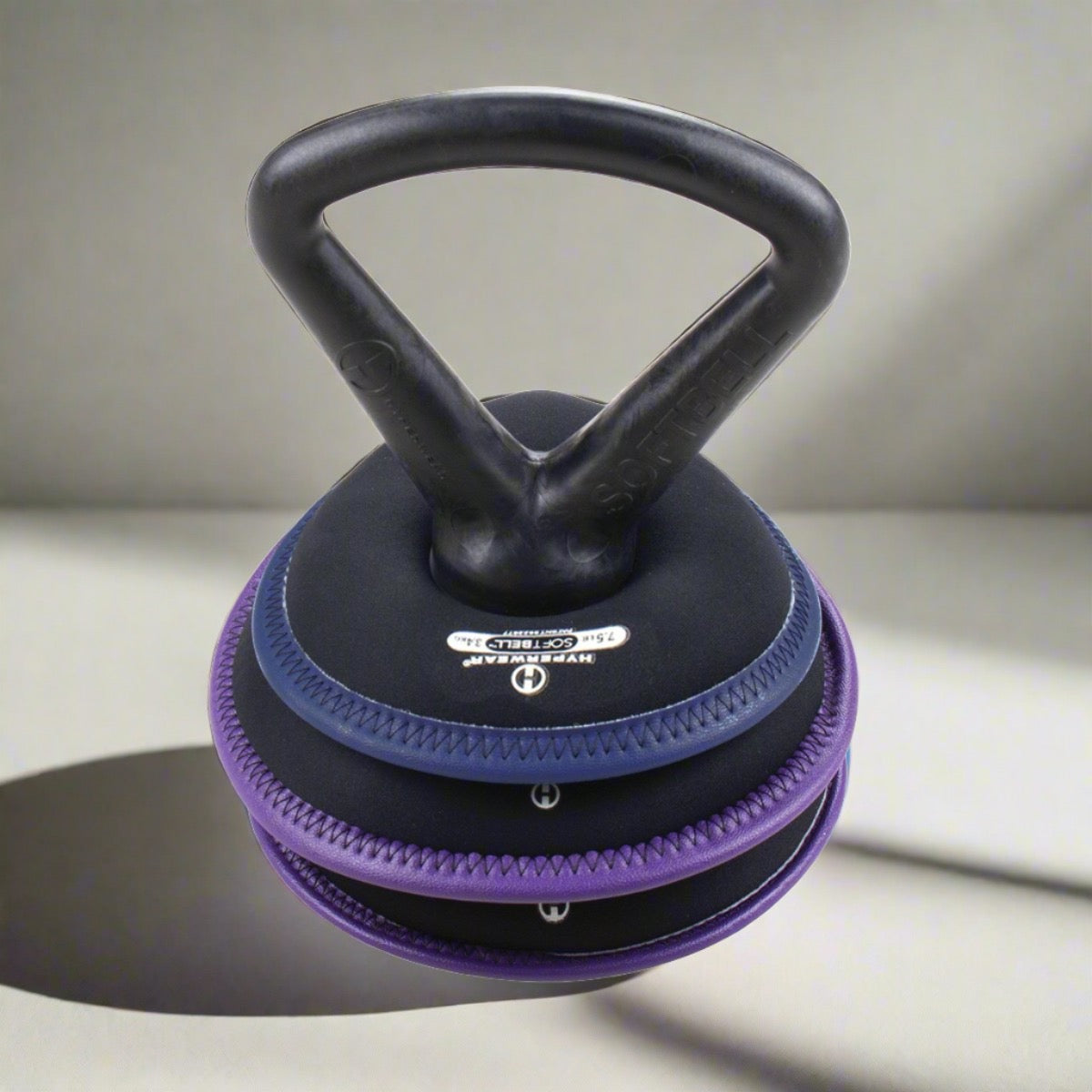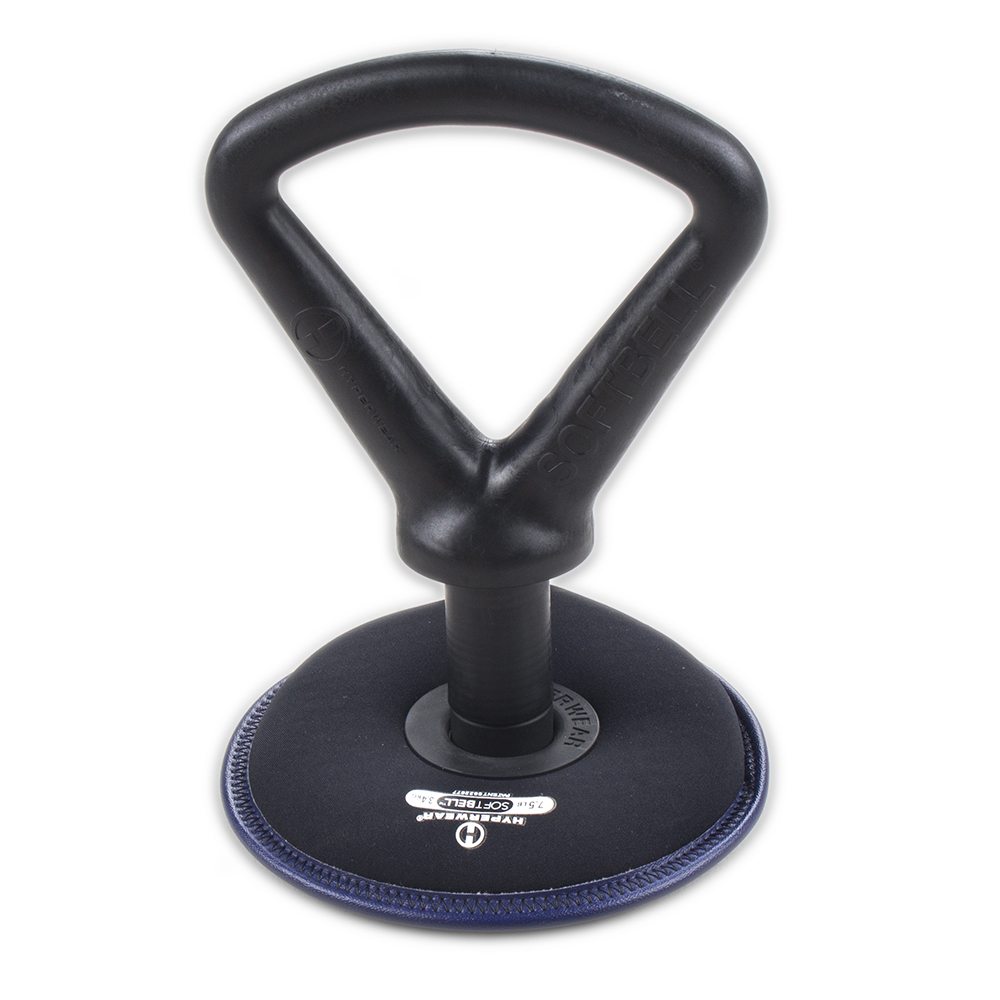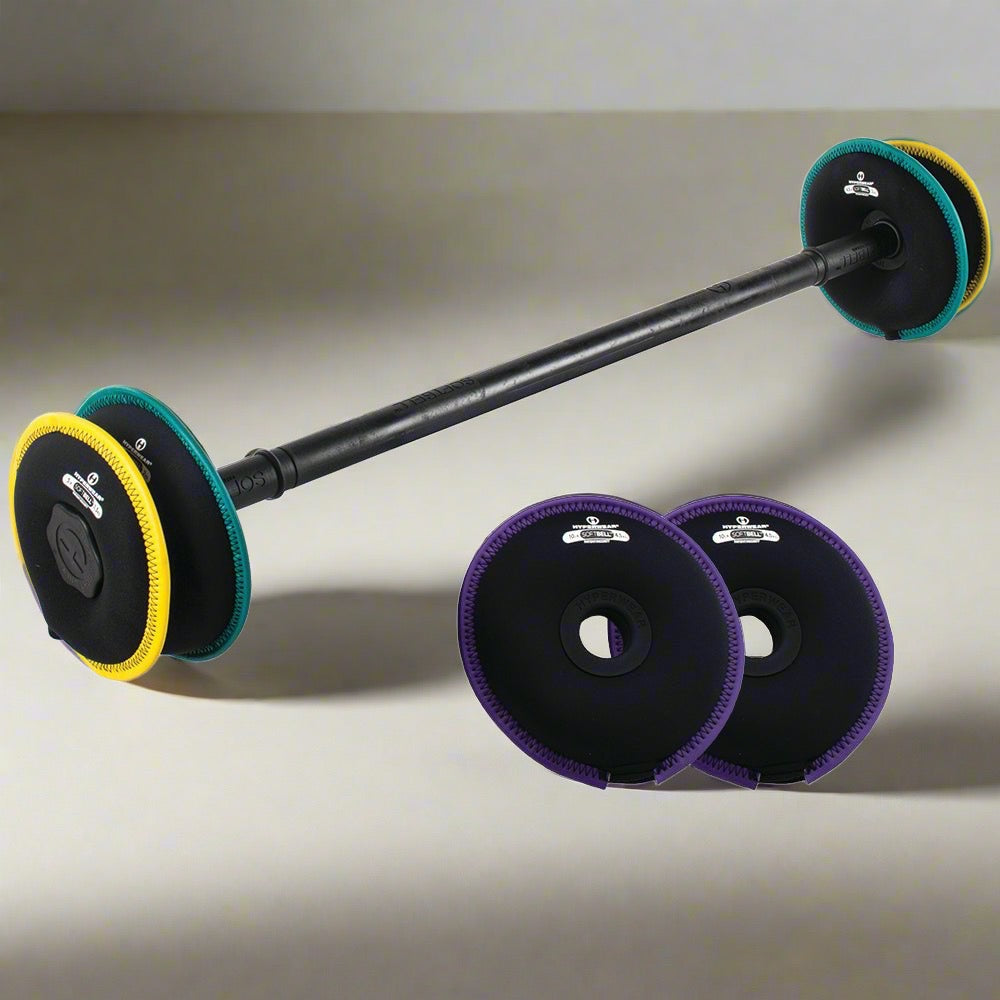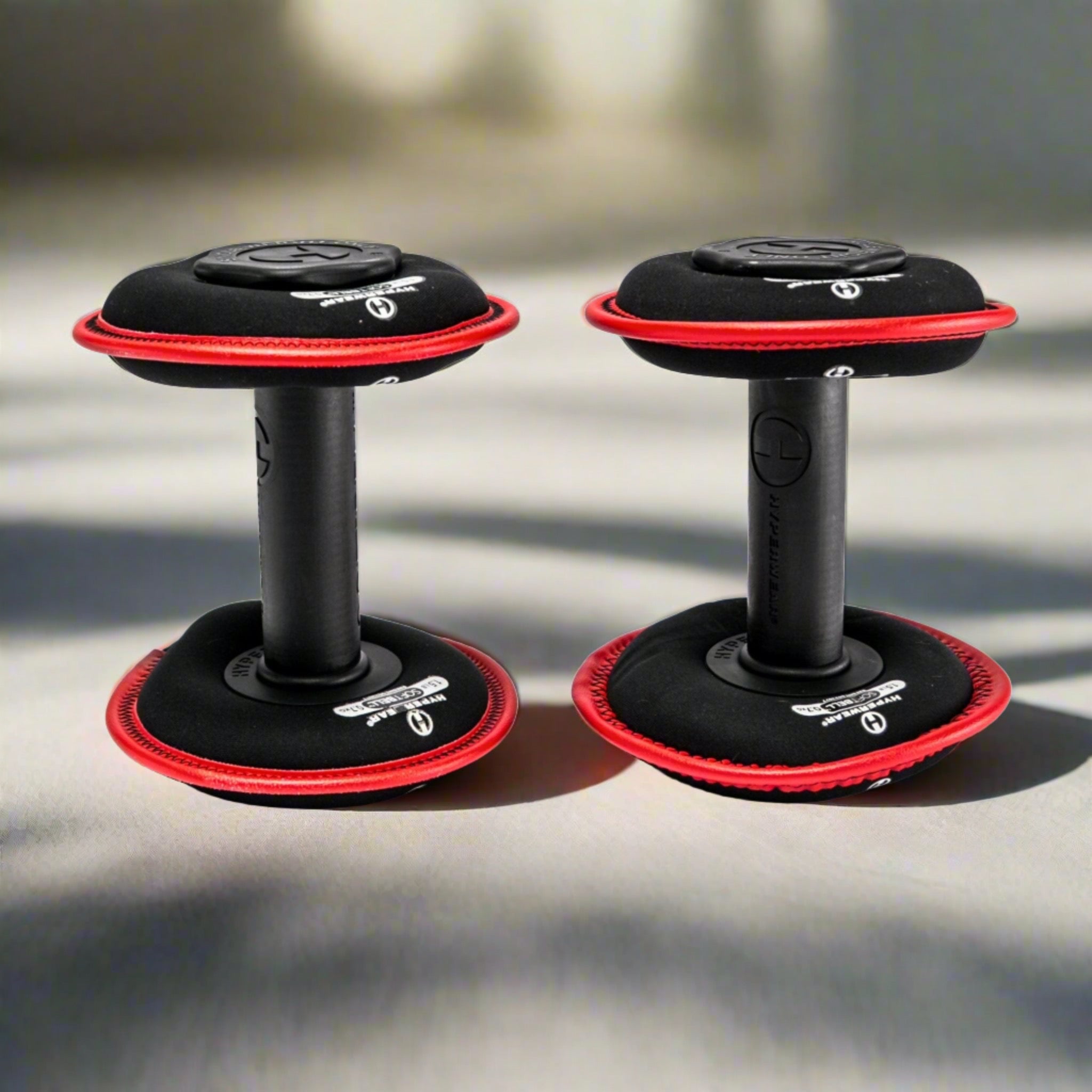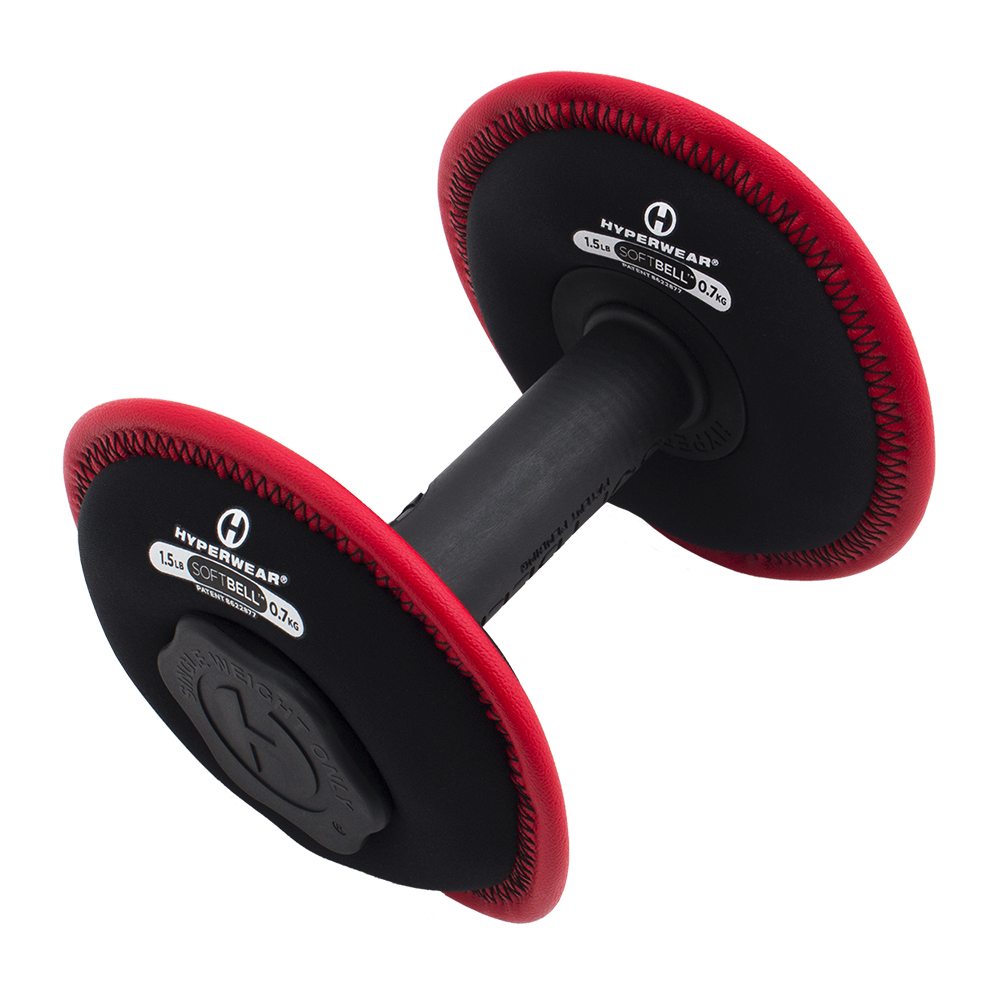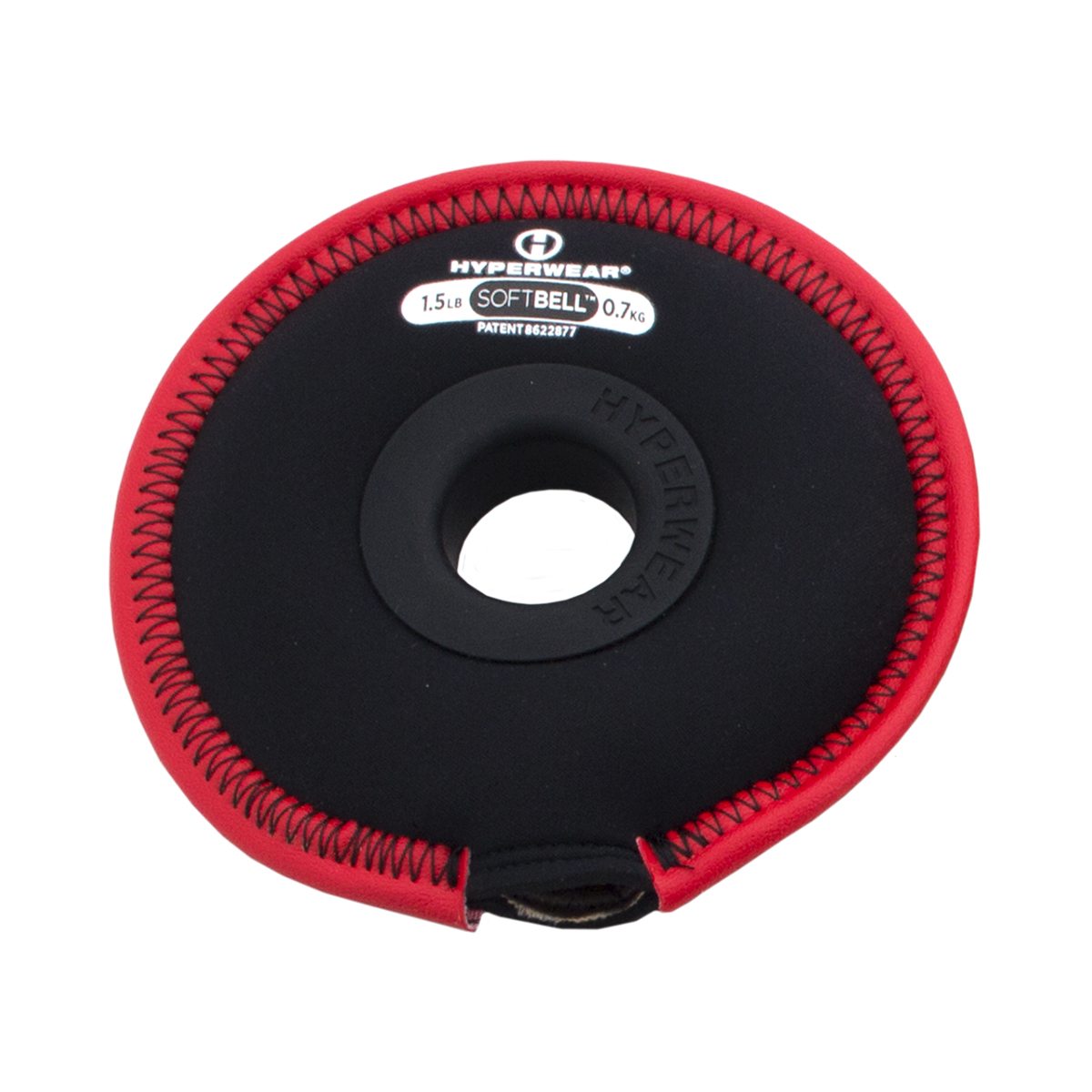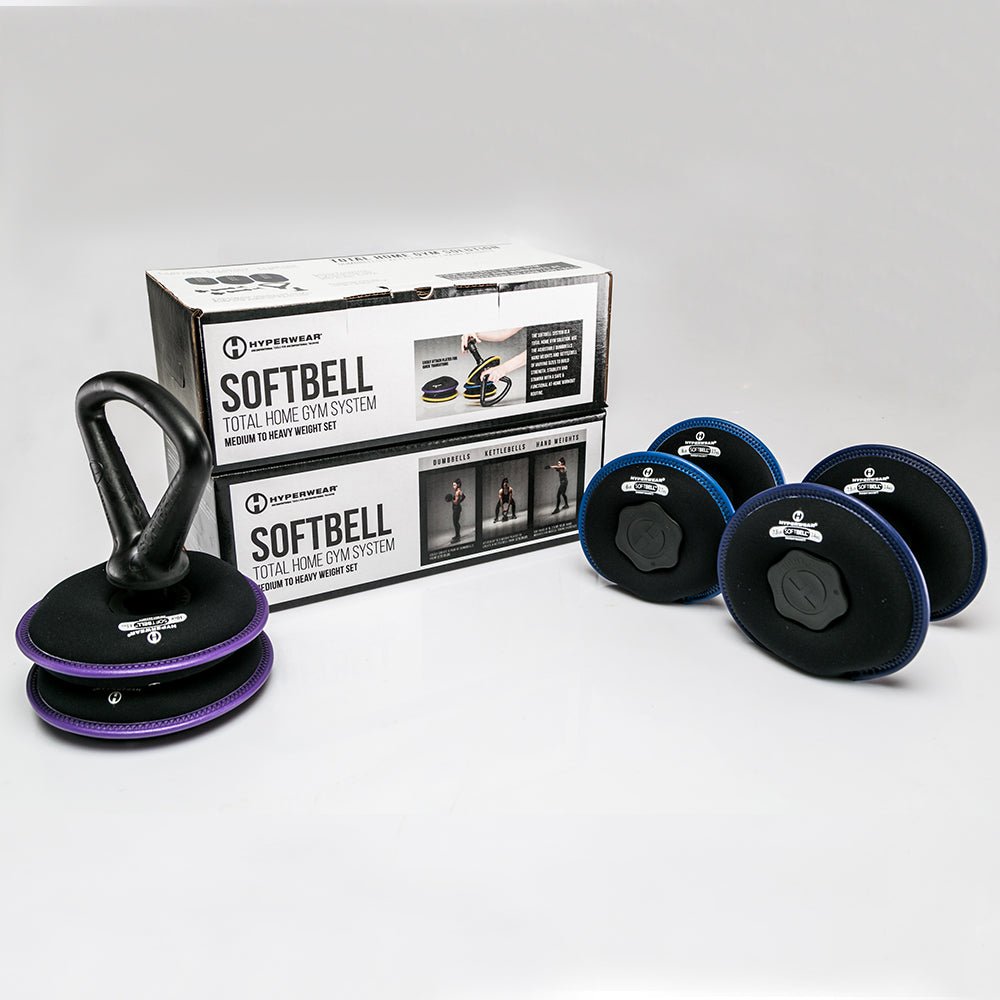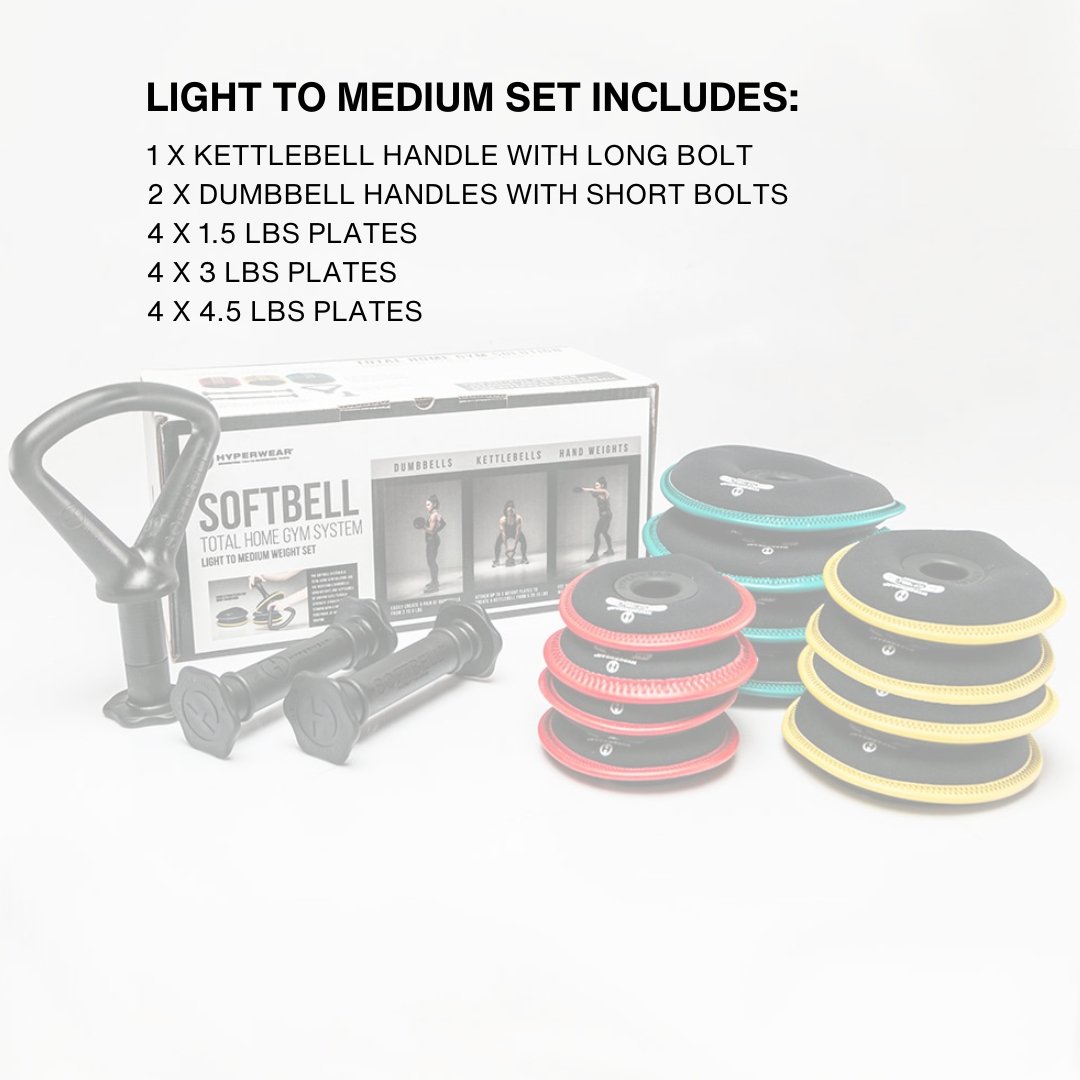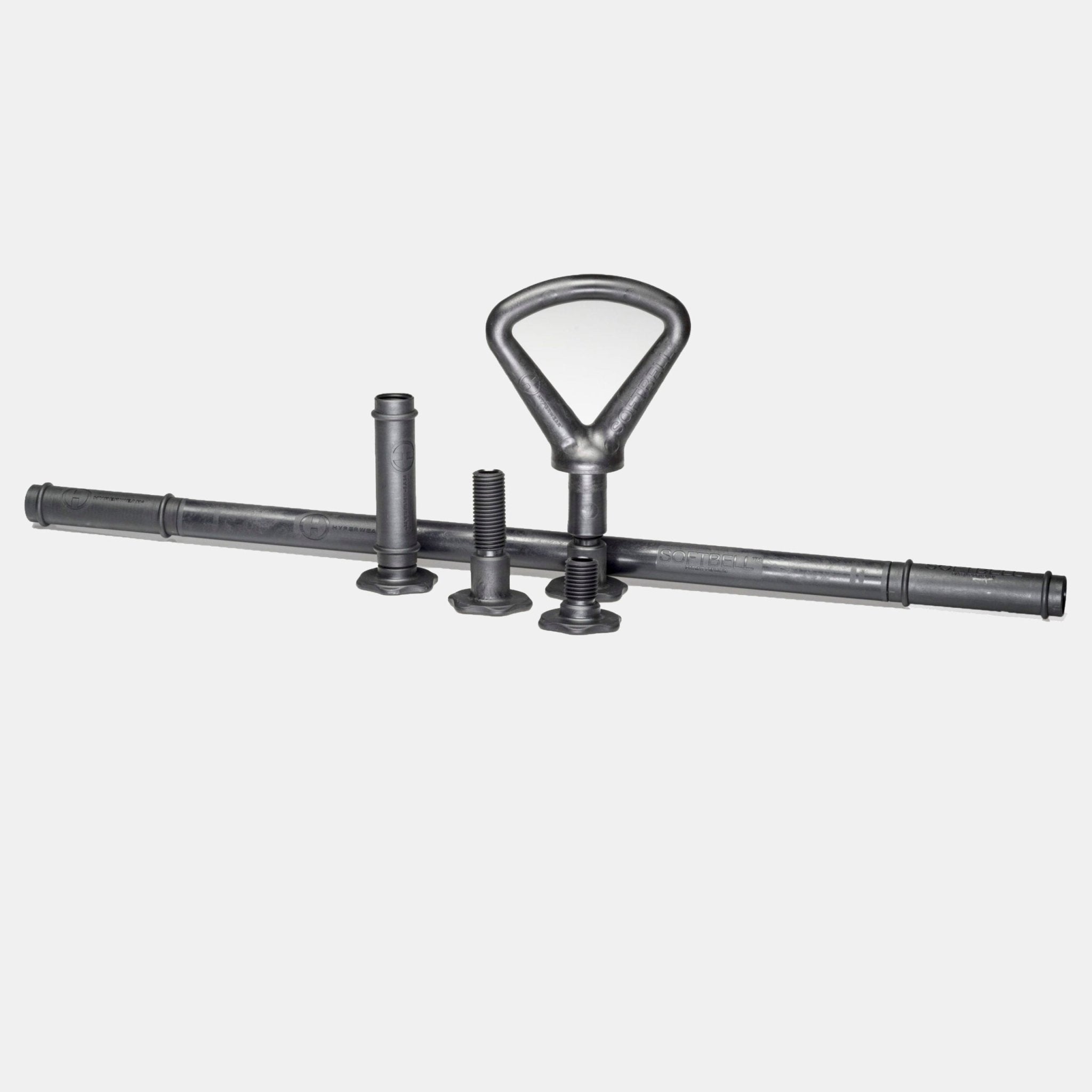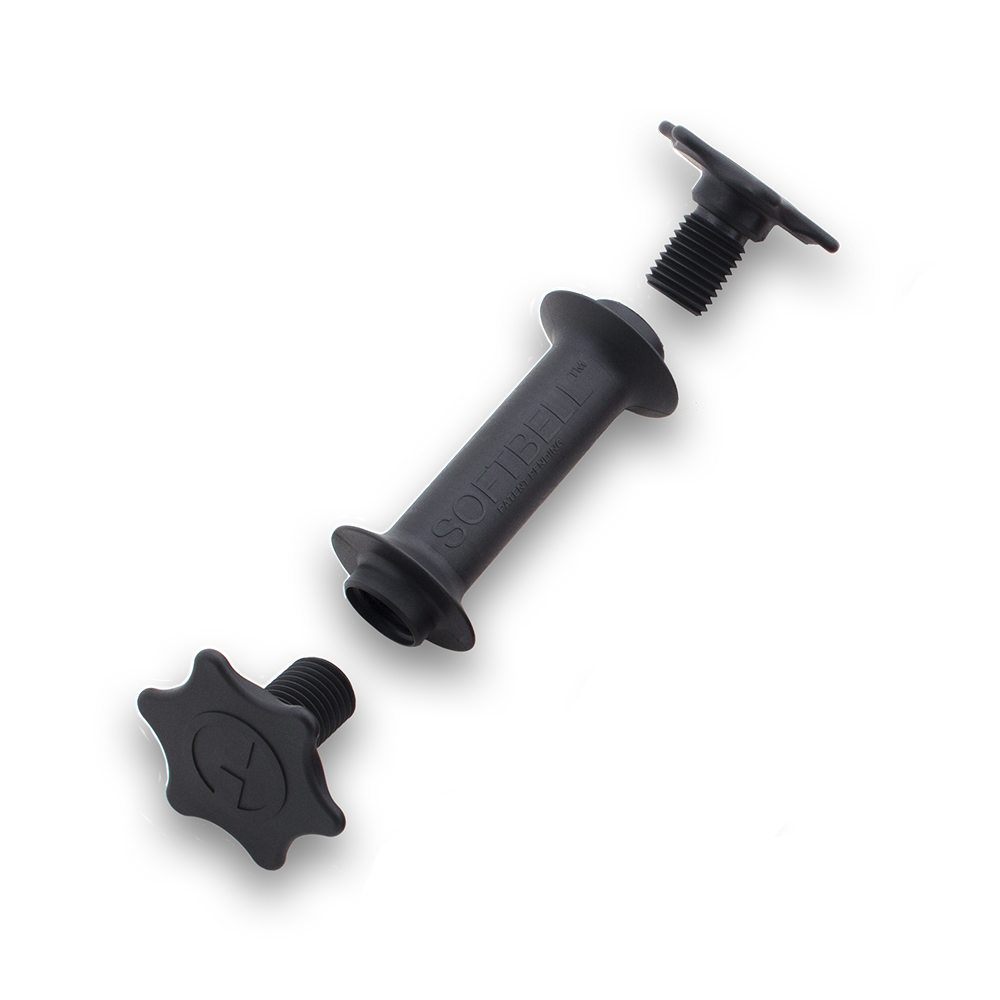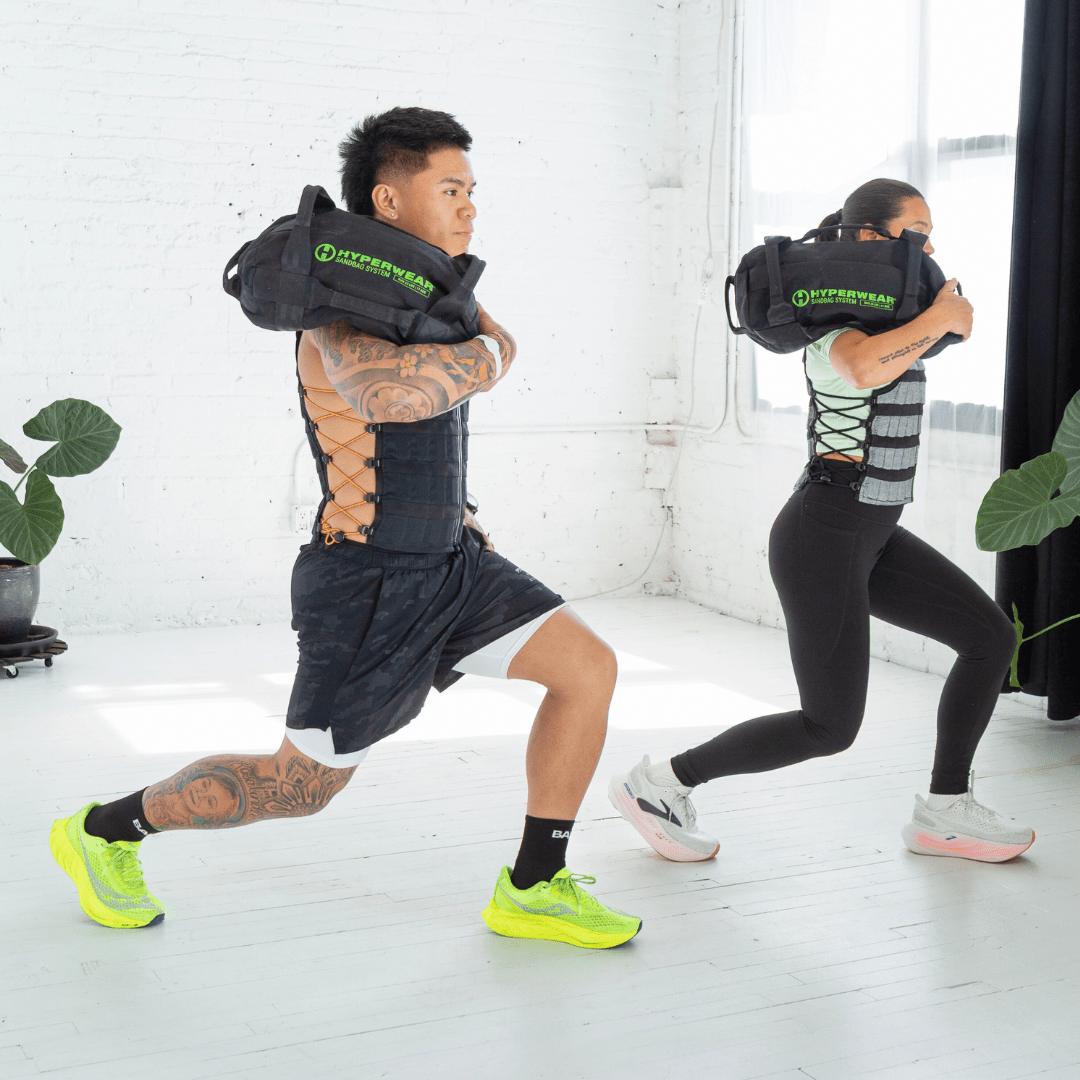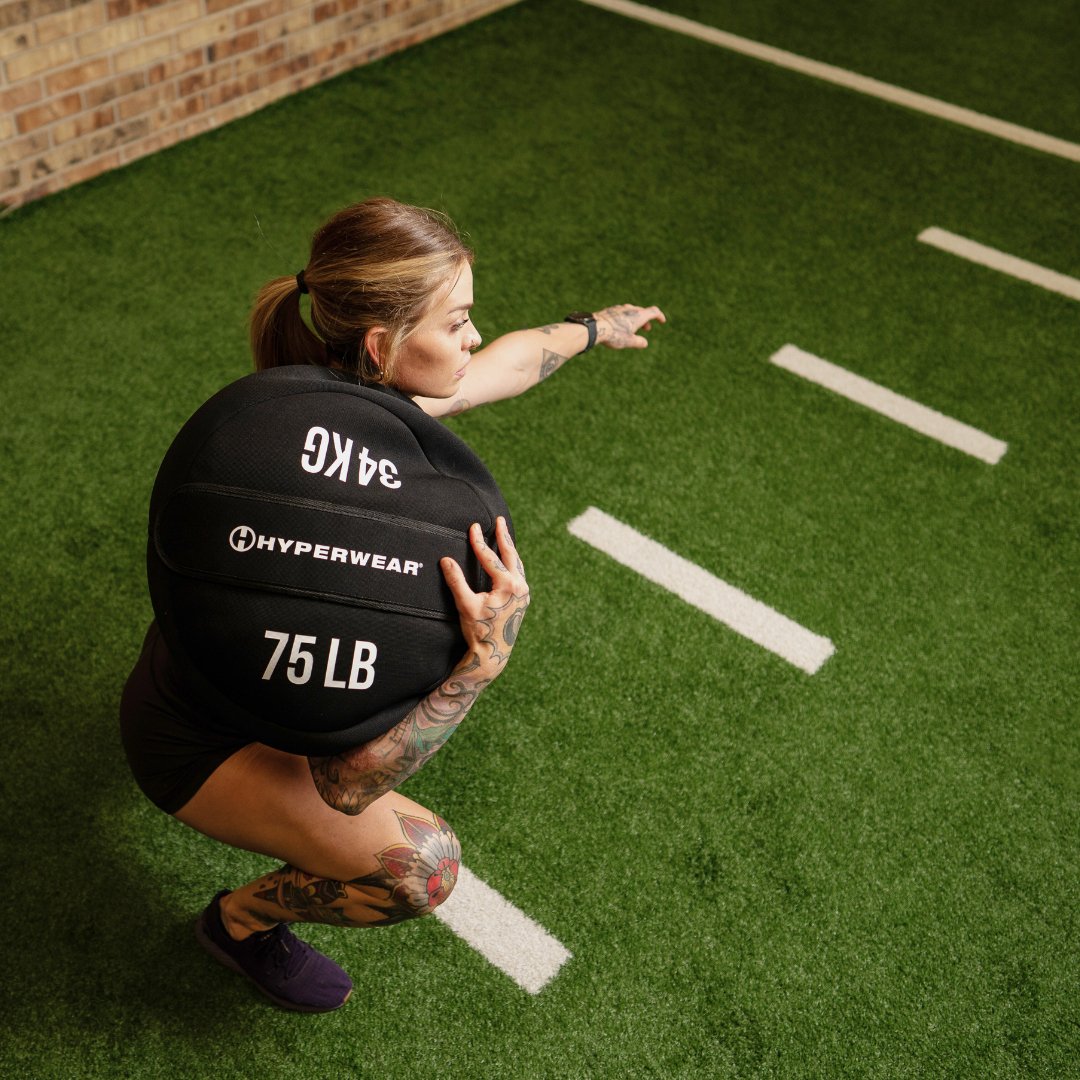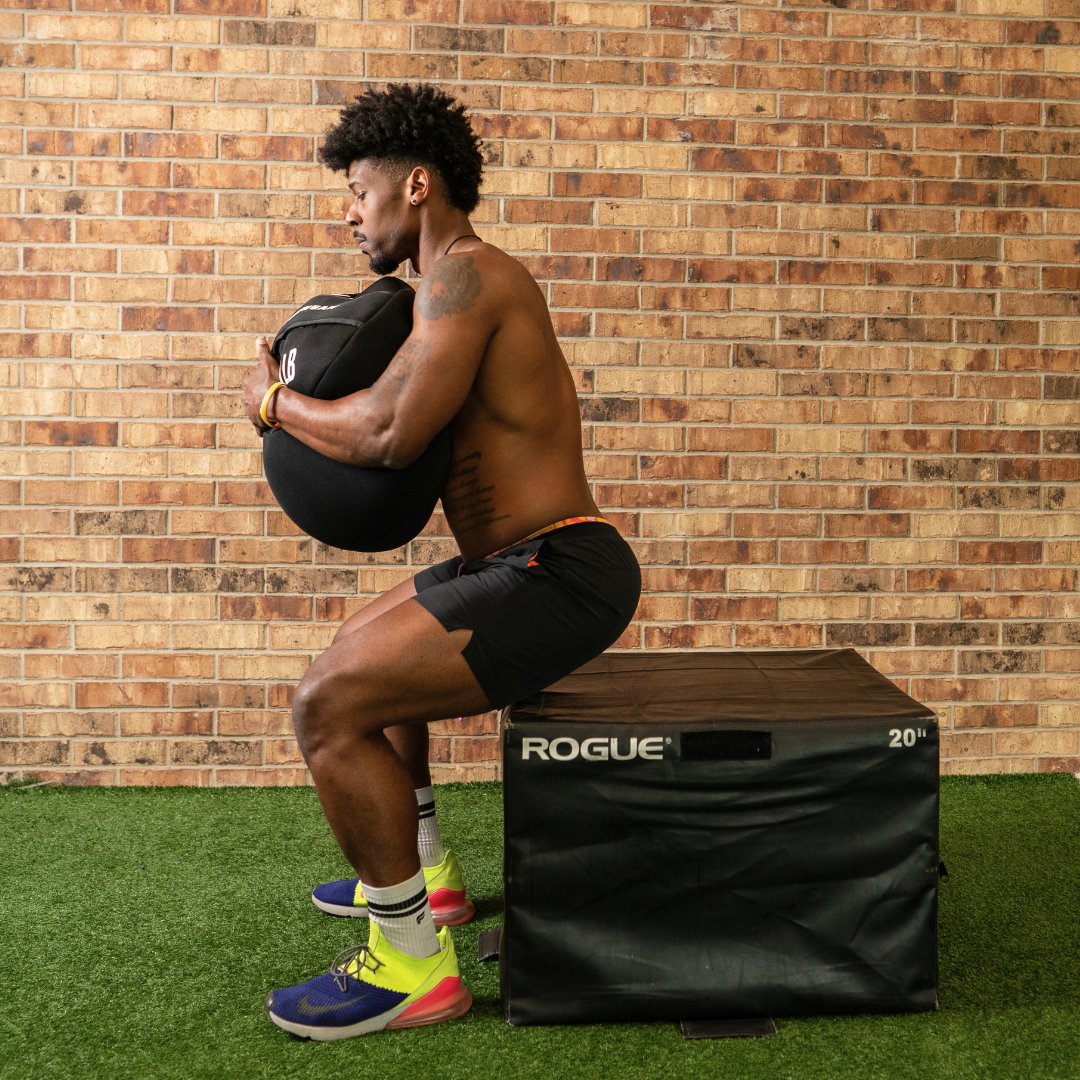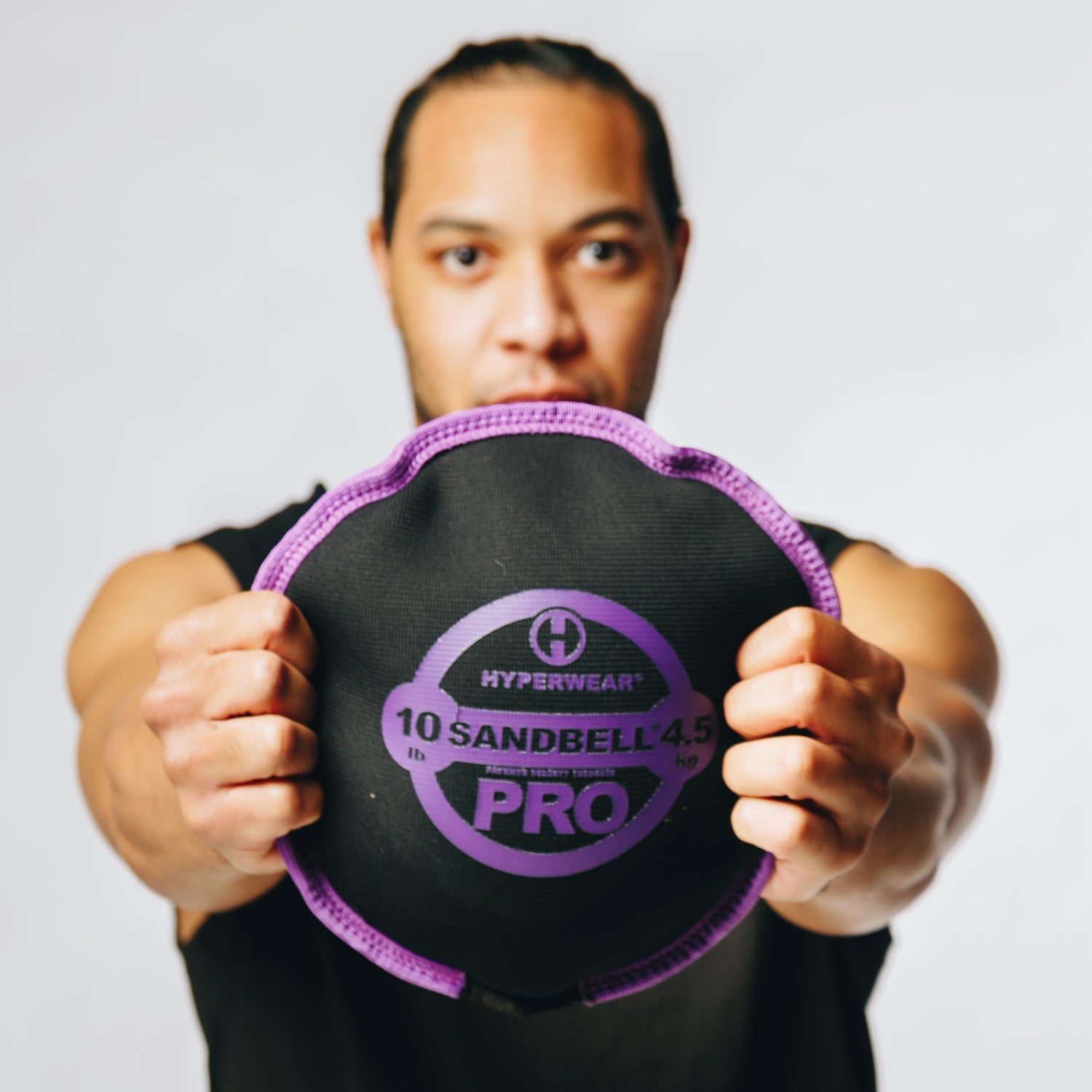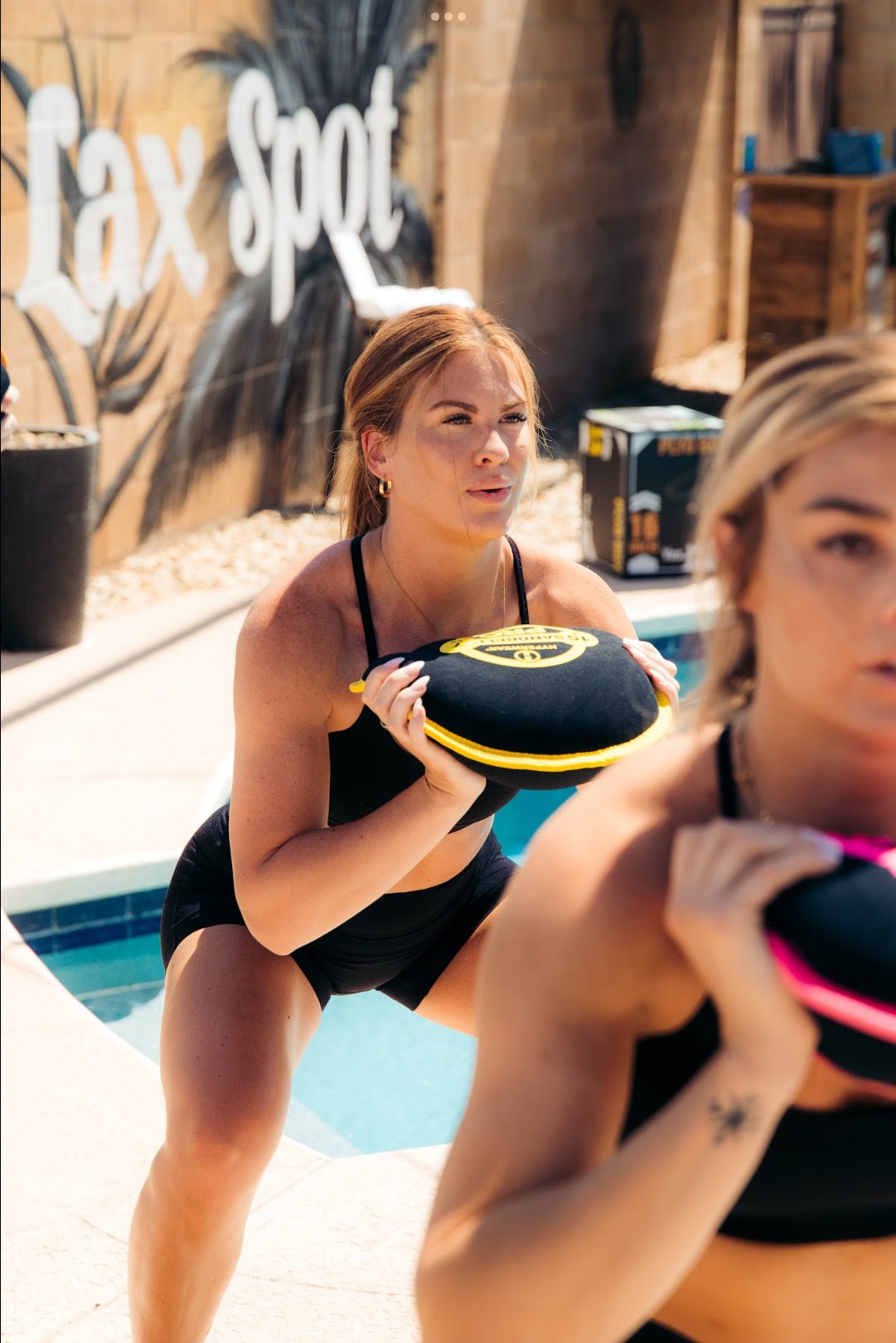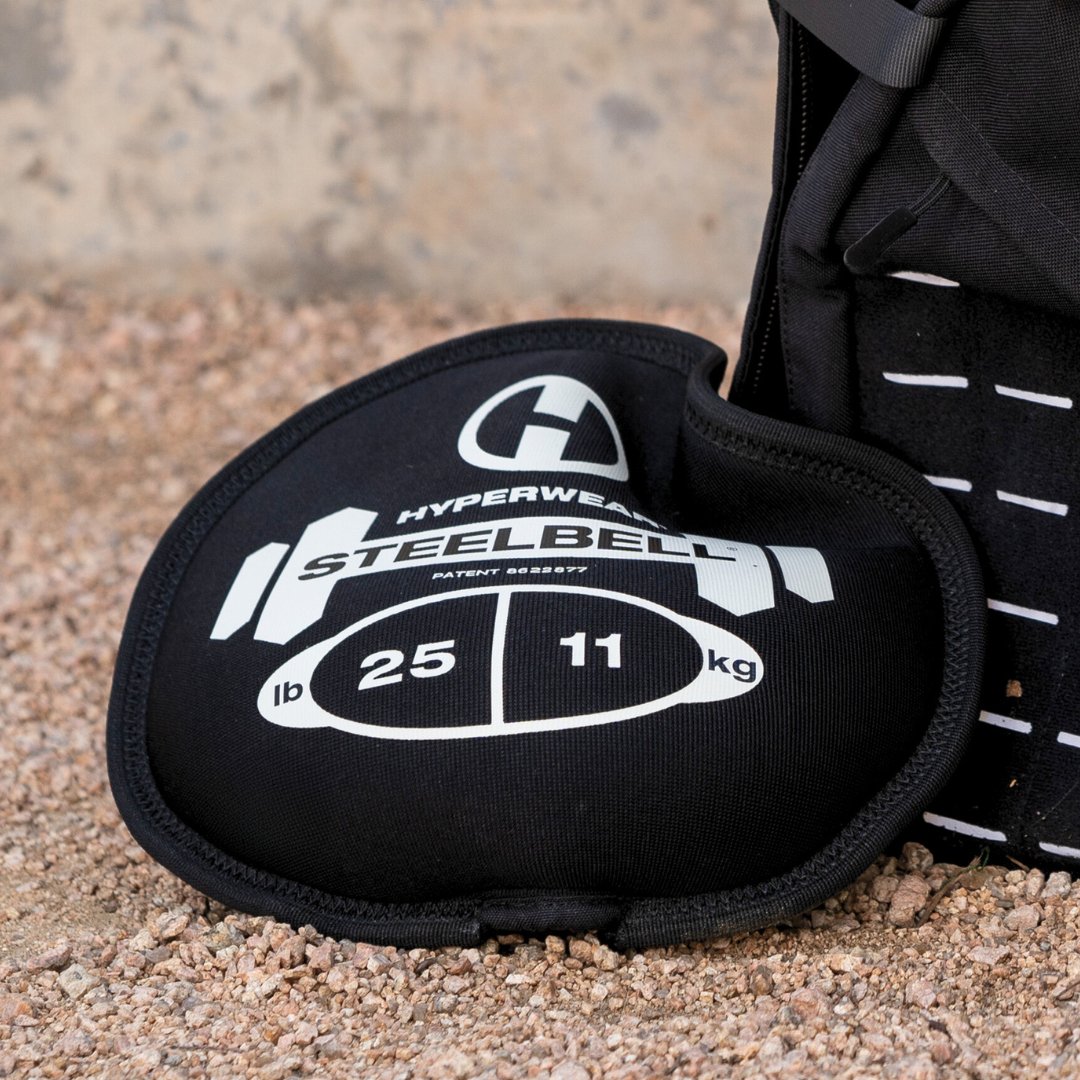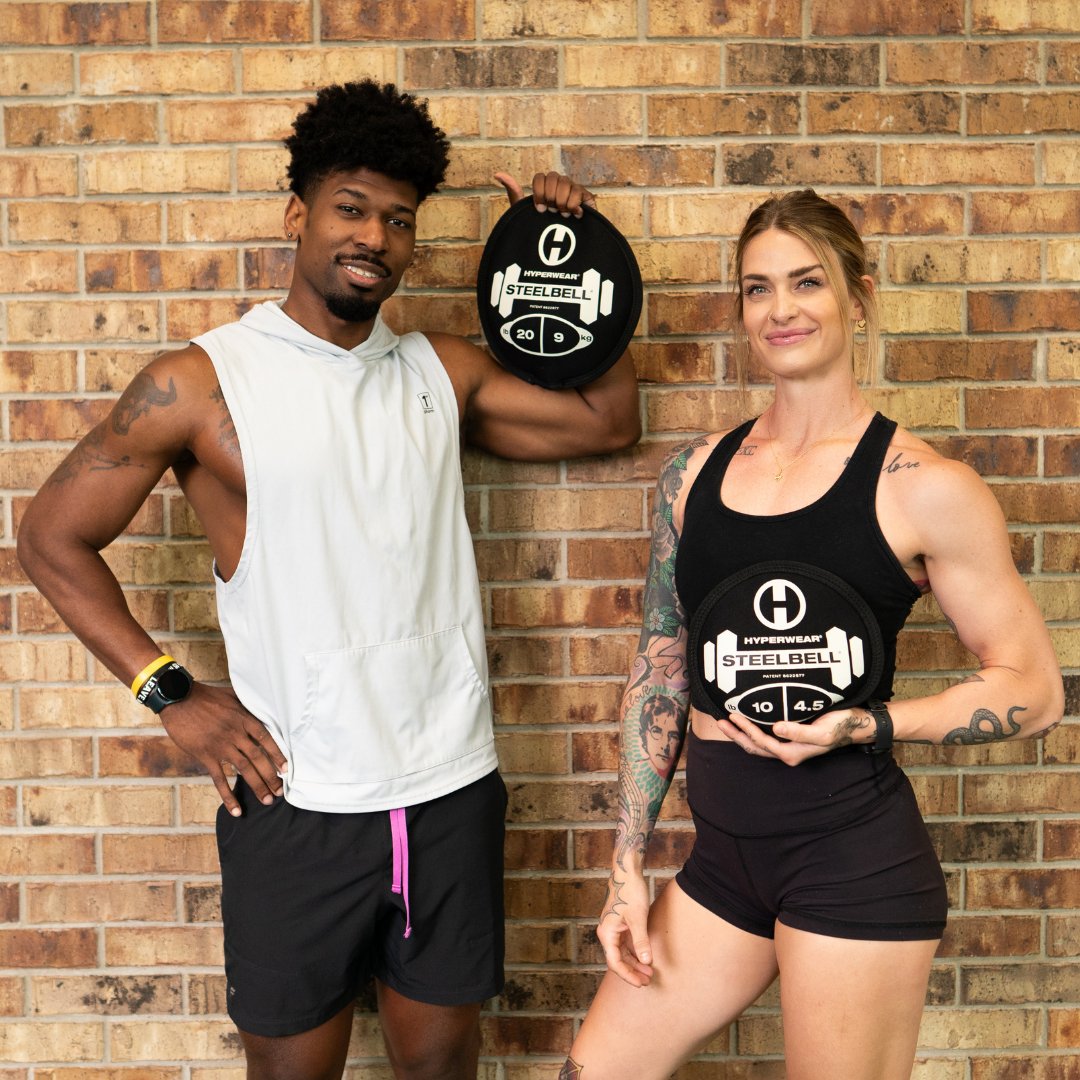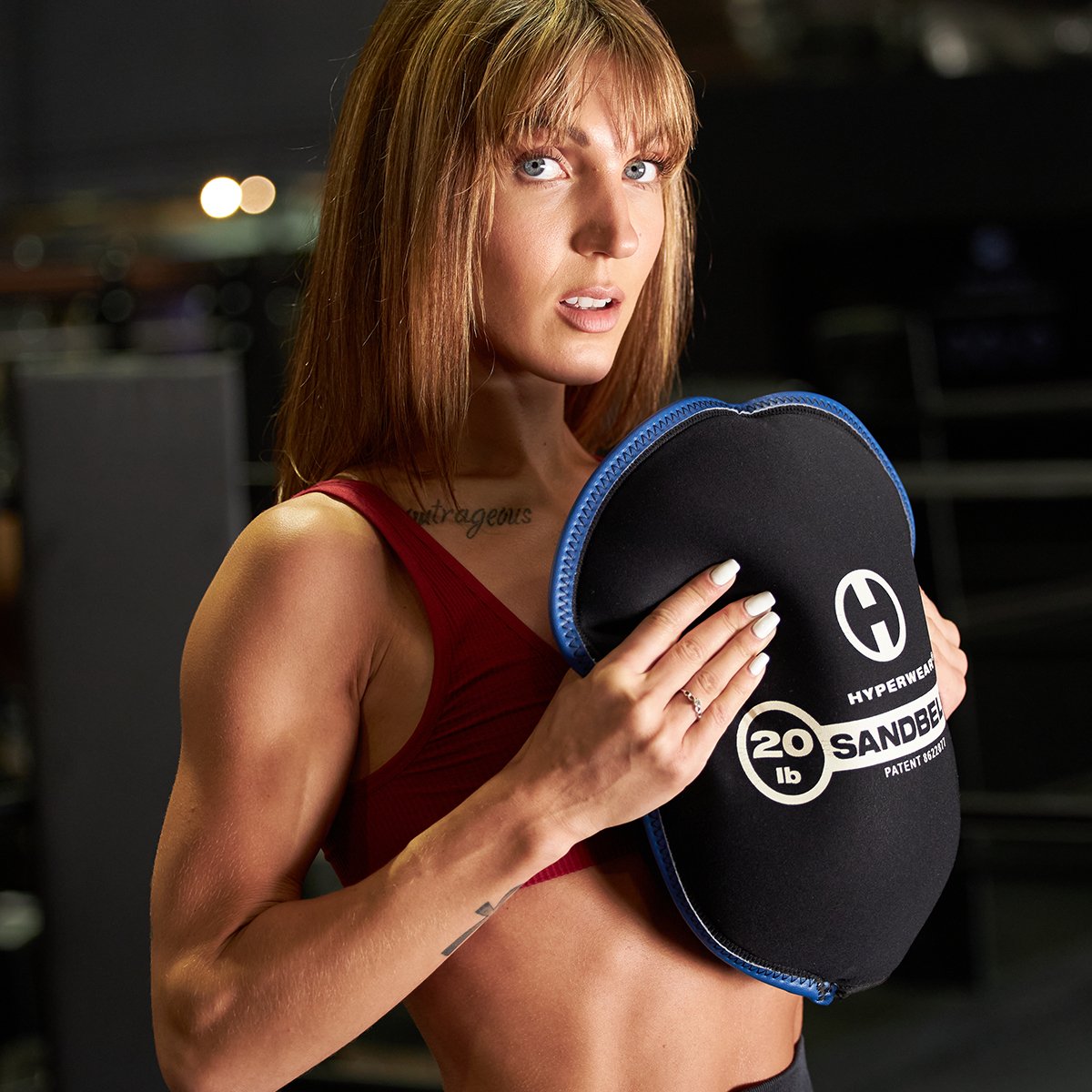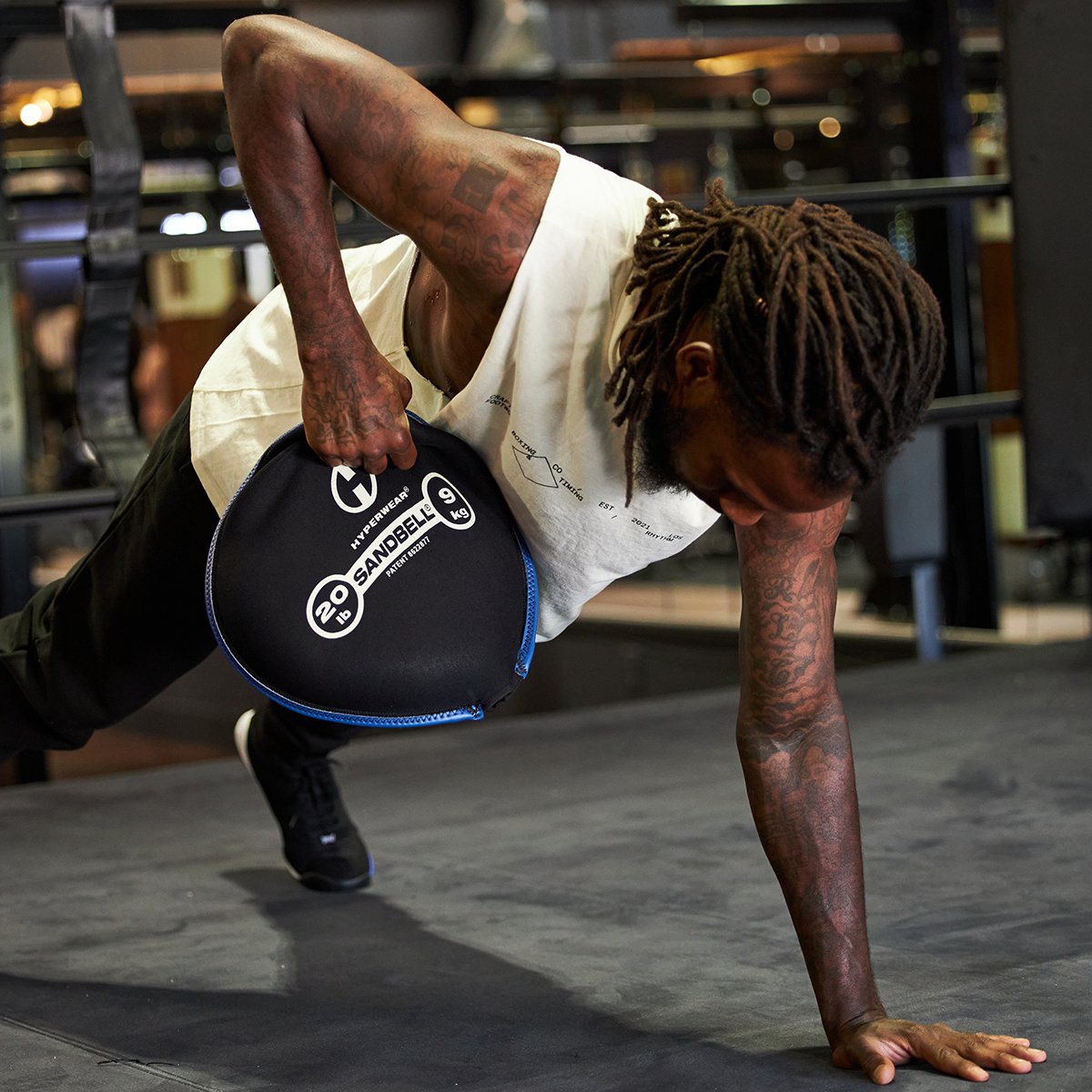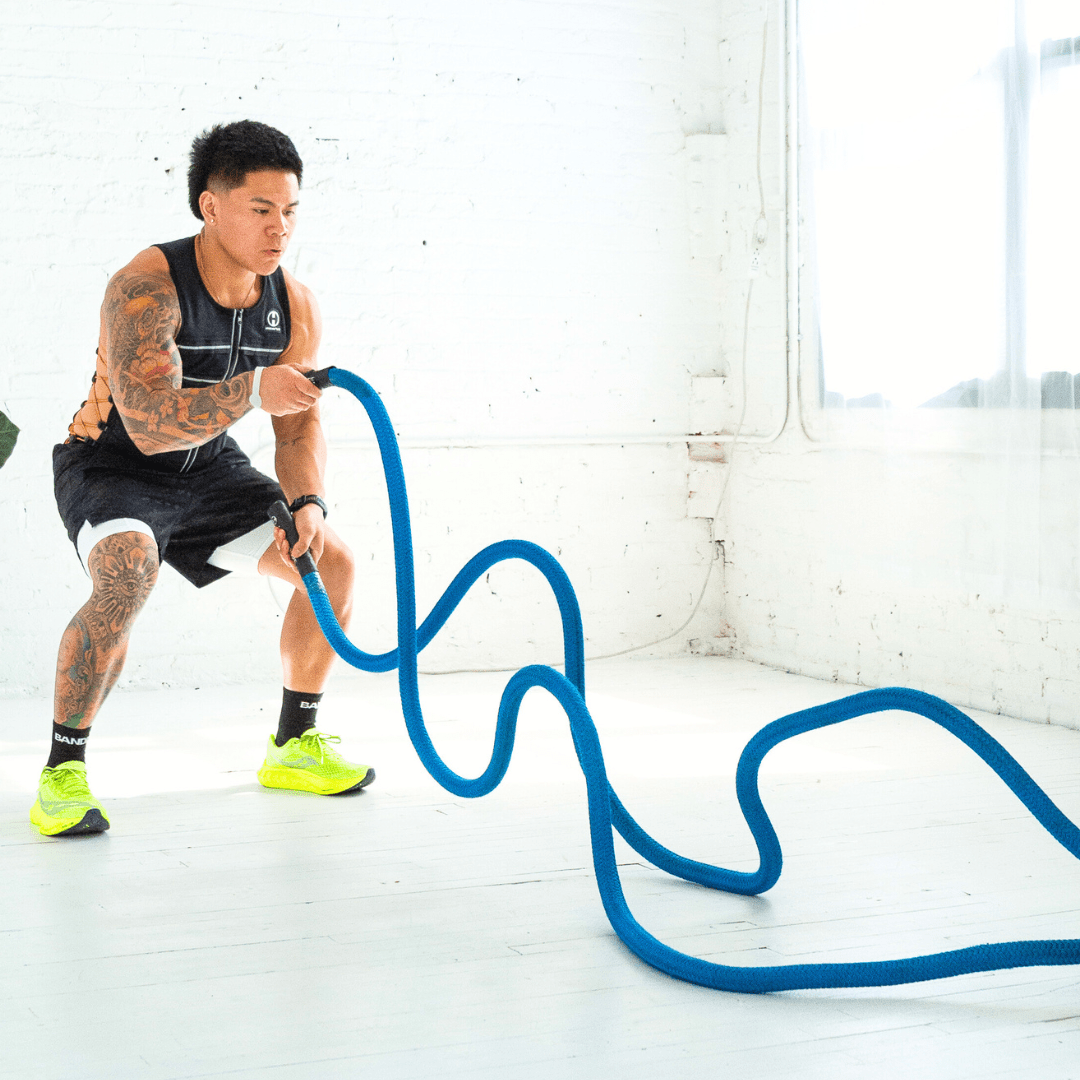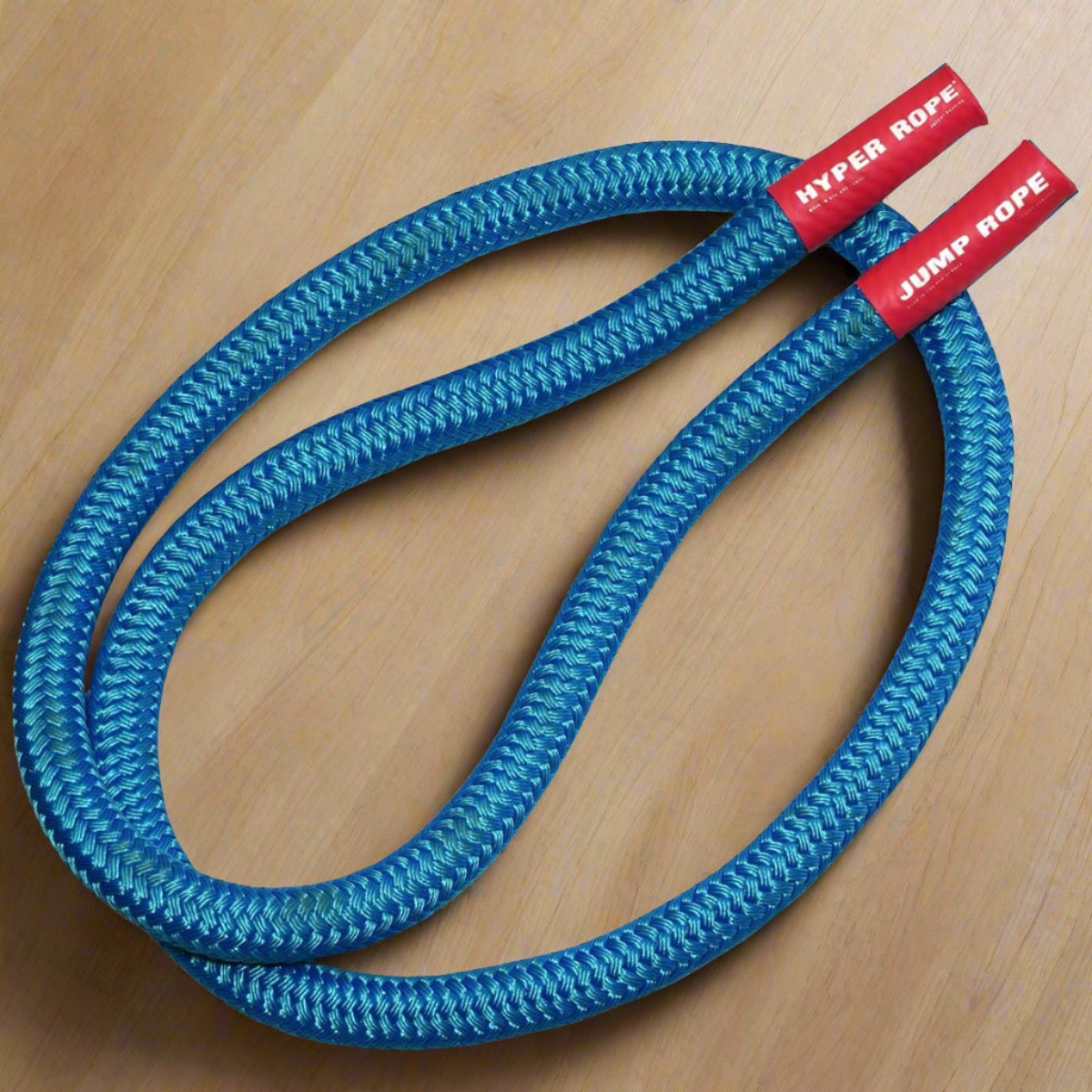Performance and Recovery in Heath and Humidity: Cooling Vests for Athletes
Optimizing athlete performance and recovery requires effective cooling strategies. Studies showed in 2004 that precooling with a cooling vest during a warm up improves performance. Since then cooling has become a widespread strategy to improve performance and recovery. Increases in global temperatures has increased the need to keep athletes safe from heat illness too. In this article, we will delve into the best cooling strategies for athletes, with a focus on cooling vests. Additionally, we will review research on pre-cooling techniques that enhance performance and the benefits of half-time cooling.
Cooling Vests: Evaporative vs. Phase Change
Cooling vests are playing a crucial role in regulating body temperature during intense physical activity. Two popular types of cooling vests are evaporative cooling vests and phase change cooling vests.
Phase change cooling vests utilize a cooling mechanism that can work even in humid conditions. These vests contain cooling packs or inserts that store energy as they change from a solid to a liquid state, maintaining a consistent temperature for long periods. Wearing them against your body when they are solid draws heat away from your body as they change to liquid. Ice vests are phase change, but they can cause freezer burns. Specially formulated phase change materials can hit different temperatures that provide effective cooling.
A study in the Journal of Applied Physiology demonstrated that athletes wearing phase change cooling vests showed reduced heat strain and improved performance during exercise in hot conditions. Phase change cooling vests offer longer-lasting cooling and are ideal for prolonged activities or situations where water availability is limited. The Cool2Shape phase change cooling vest, for example comes in temperatures as low as 6.5C/44F. Only 2.6 lbs, it is ideal for precooling during warmup and wearing during practices or on the sidelines.

Evaporative cooling vests operate on the principle of evaporative cooling. These vests are designed with special materials that absorb water and facilitate evaporation, providing a cooling effect. Research published in the Journal of Science and Medicine in Sport showed that athletes wearing evaporative cooling vests experienced lower core body temperatures, reduced heart rates, and increased exercise tolerance. These vests are affordable, lightweight, and easily activated with water, making them the ideal choice for athletes in hot but dry conditions.
Pre-Cooling for Performance Gains
Pre-cooling techniques involve cooling the body before exercise to minimize heat stress and improve performance. Various studies have highlighted the effectiveness of pre-cooling strategies. Athletes have been using cooling vests for performance gains for decades. Other options like immersing the body in cold water or applying cold packs to specific areas has been shown to lower core body temperature and enhance endurance performance, as indicated by research published in the Scandinavian Journal of Medicine & Science in Sports. Those methods are not as practical as using an ice vest during a warm-up.
Half-Time Cooling for Recovery
During extended sporting events, half-time cooling interventions can help athletes and teams recover and maintain optimal performance levels. A study published in the Journal of Sports Sciences revealed that cooling interventions, such as cold-water immersion or wearing cooling vests during half-time breaks, can mitigate the rise in core body temperature and improve subsequent exercise performance. "Wearing a Cooling Vest During Half-Time Improves Intermittent Exercise in the Heat." Front. Physiol., 07 June 2019. Using cooling on the sidelines can also benefit players before they enter a game or while they are substituted.
Post Game and Practice Recovery Cooling
There are a number of cold exposure methods for athletes that are effective for recovery after a game or practice. Some, like cryotherapy, are costly and not practical for anyone but elite professional athletes. Cold immersion is effective and more practical. Cooling vests for recovery are much more practical and affordable at all level of sports.
Final Advice on Cooling Vests for Athletes
When it comes to enhancing athlete performance and recovery, the implementation of effective cooling strategies is essential. Evaporative cooling vests offer convenience and affordability. They are great for sports like cycling, but are useless in humidity or if there is no wind. Phase change cooling vests provide active cooling in all conditions. Incorporating pre-cooling techniques and half-time cooling interventions further optimize performance. By leveraging these best cooling strategies, athletes can maintain lower core body temperatures, reduce heat strain, and ultimately elevate their performance and recovery capabilities.
Our recommendation? Hyperwear brings you personal cooling products and technology from a world leader: INUTEQ. High performance teams and athletes in sports such as field hockey, the Tour de France and F1 Grand Prix Racing. For athletes playing and practicing football, baseball, softball, lacrosse and soccer in increasingly hot and humid areas, the CoolOver phase change cooling vest for athletes is a game changer. Learn more about the CoolOver cooling vest.

